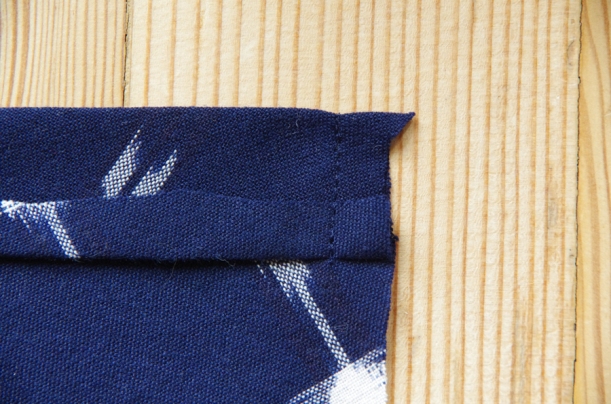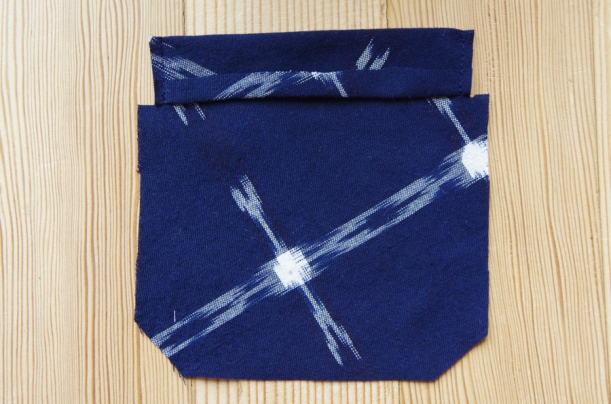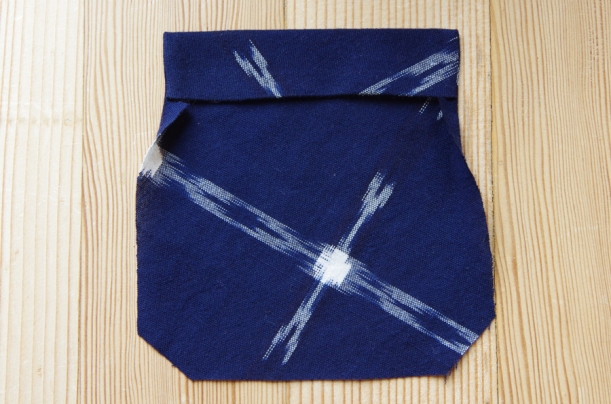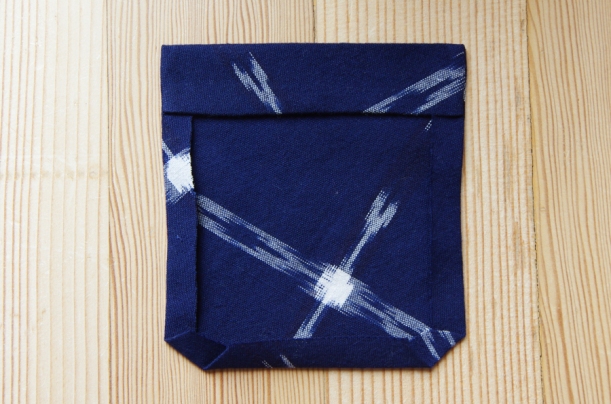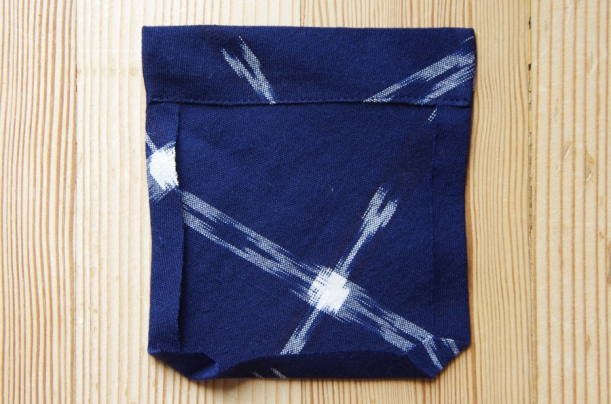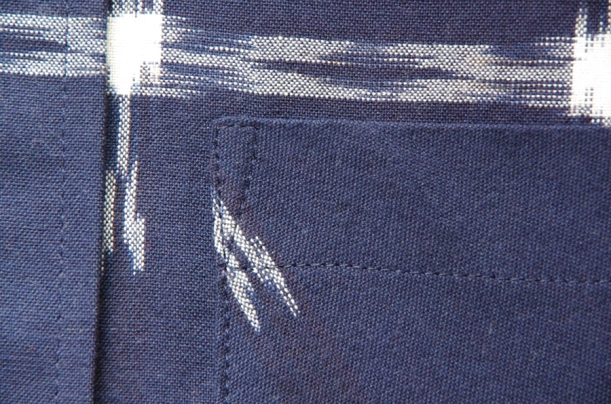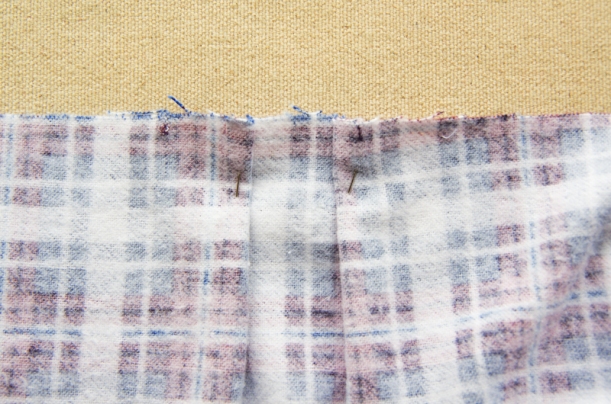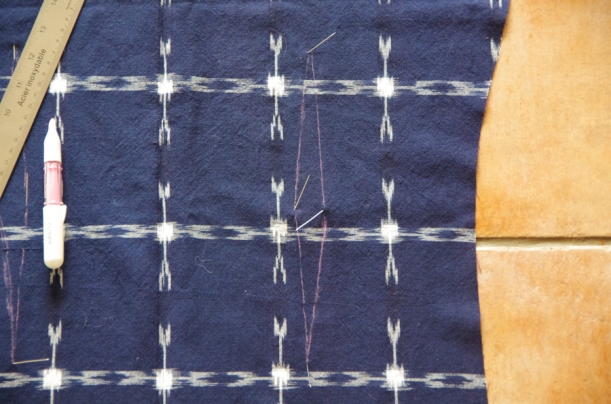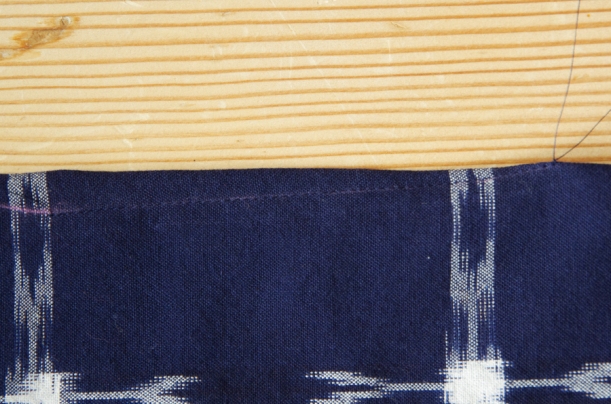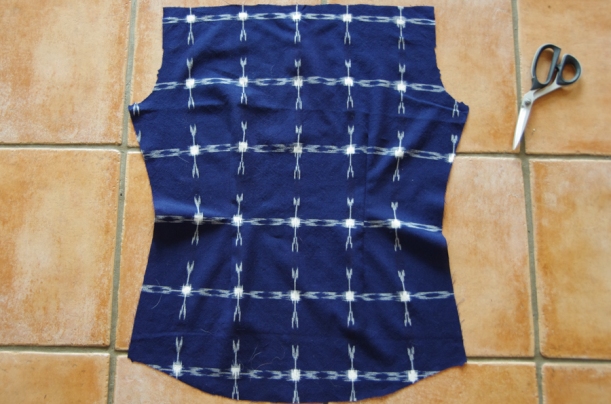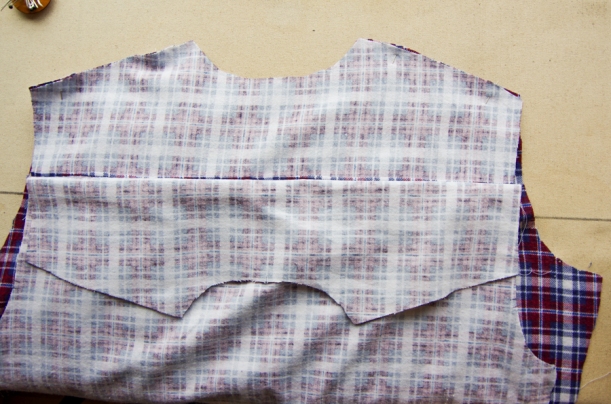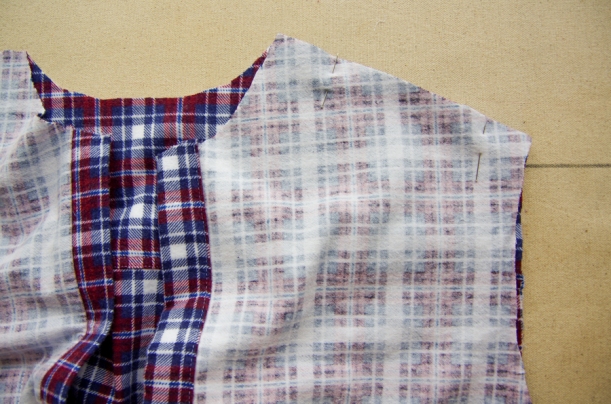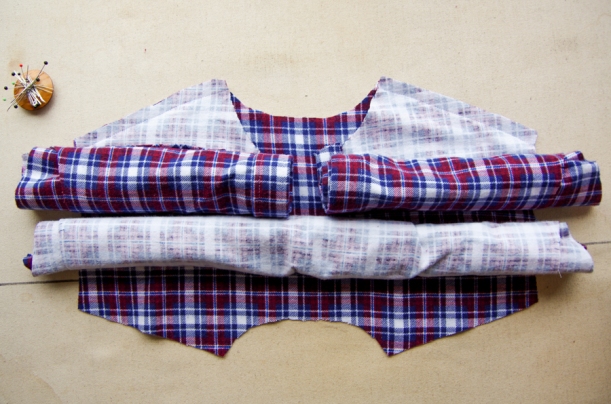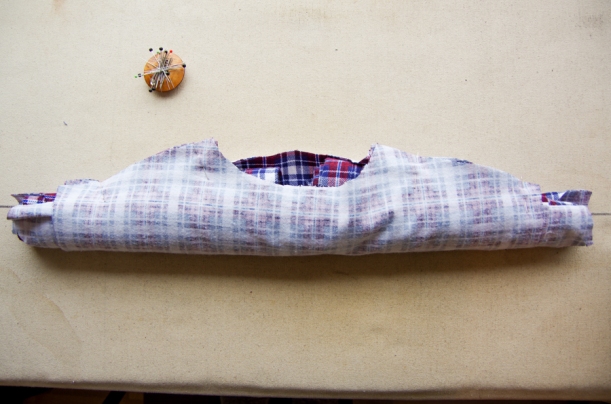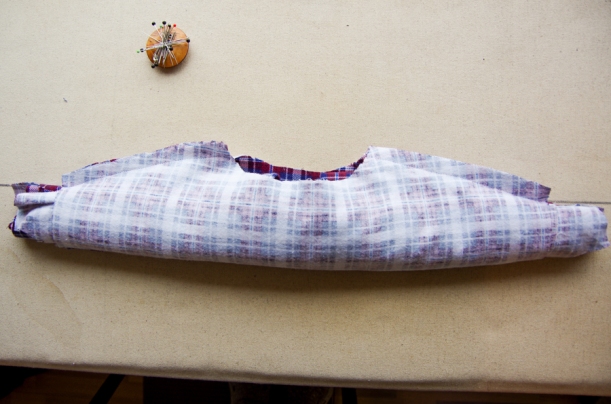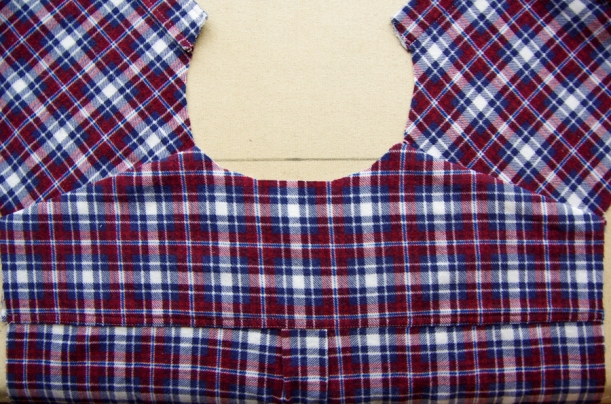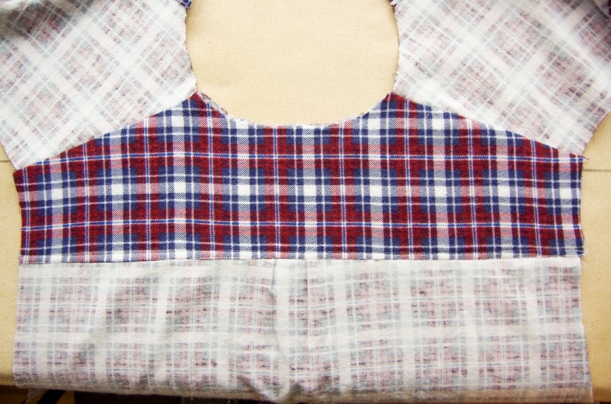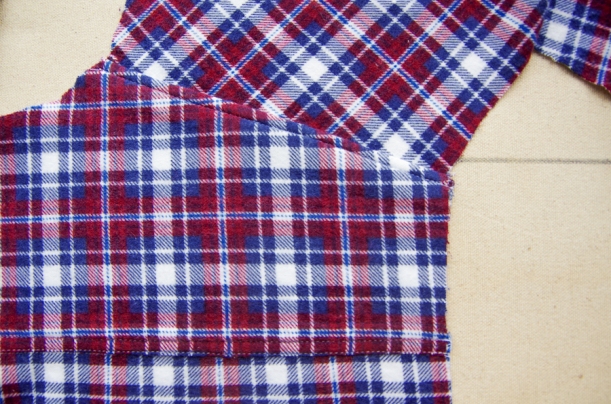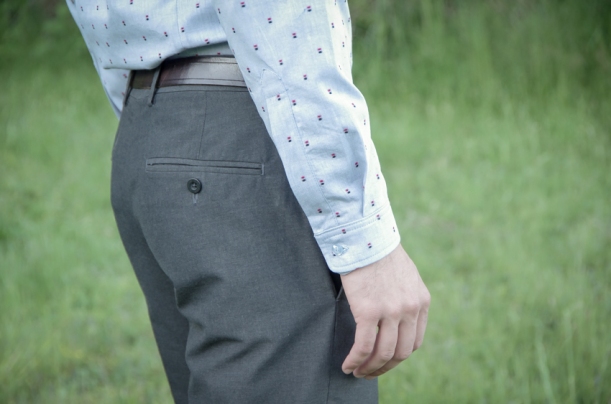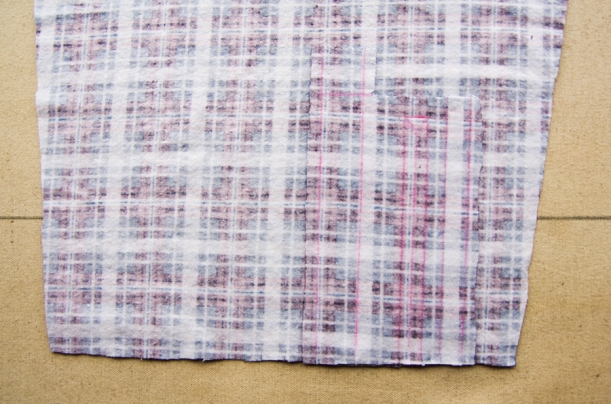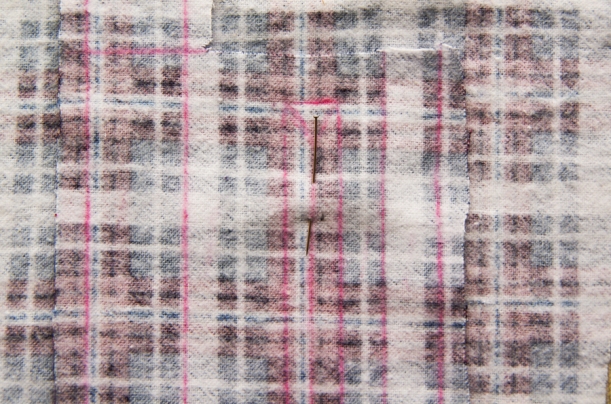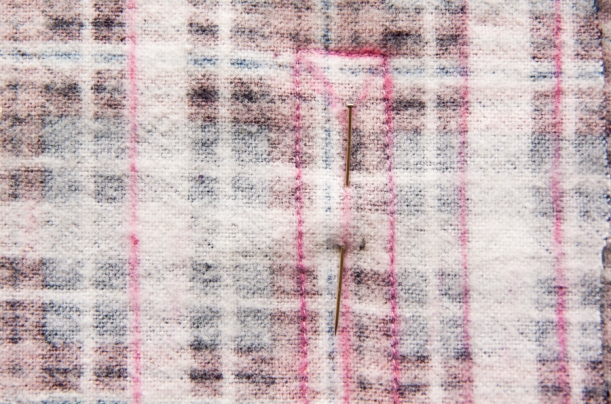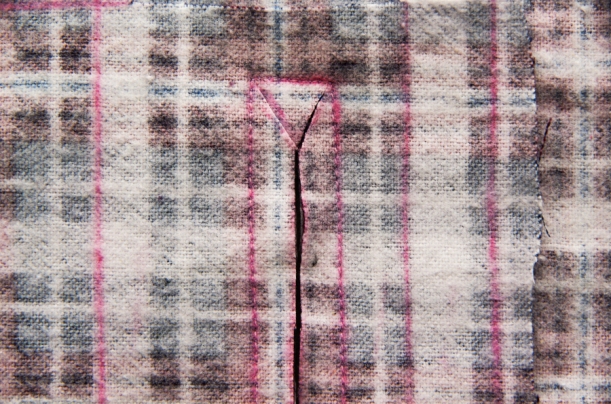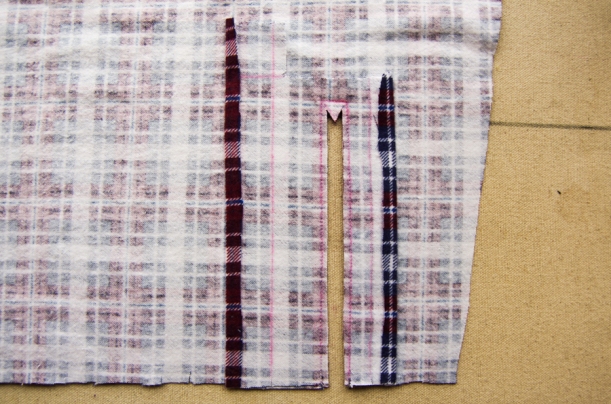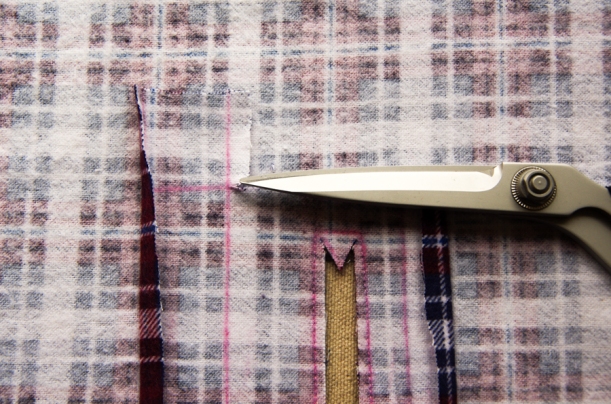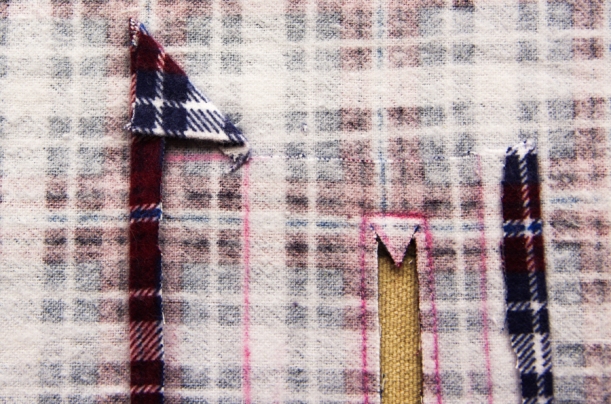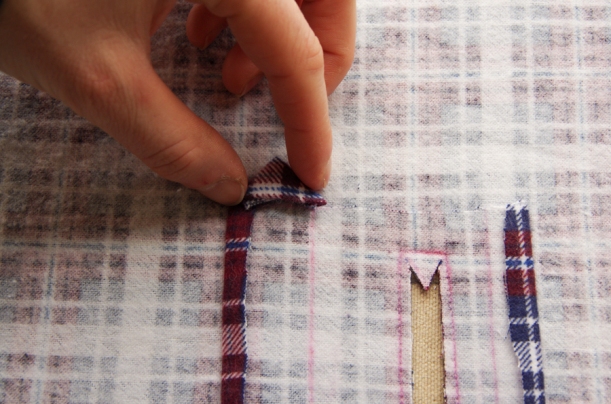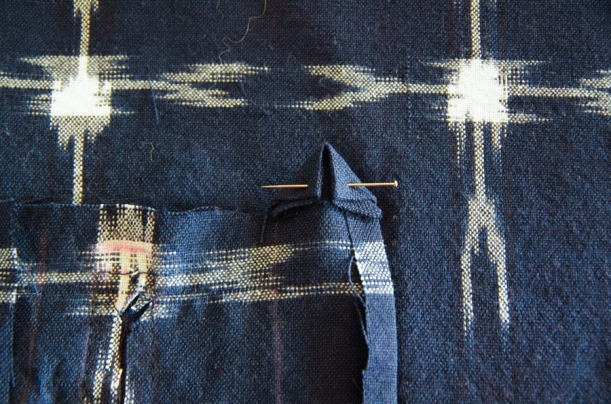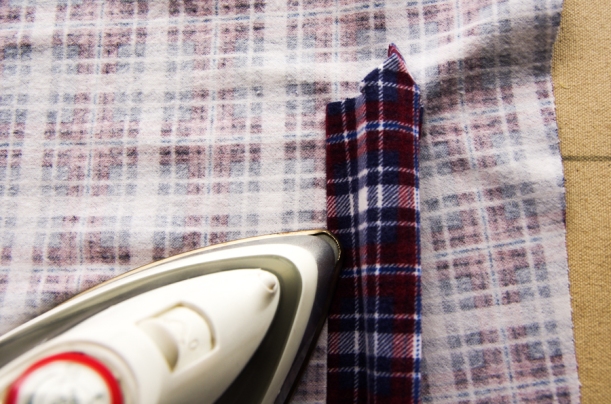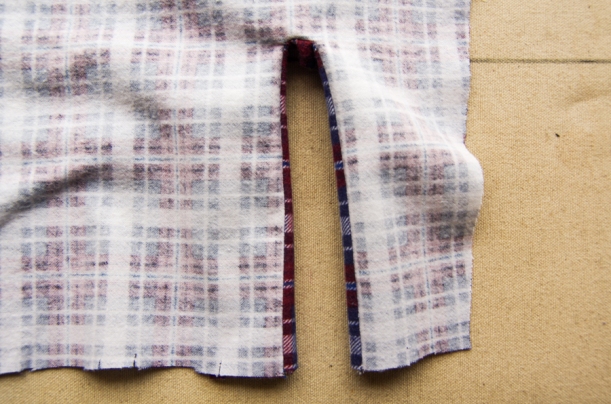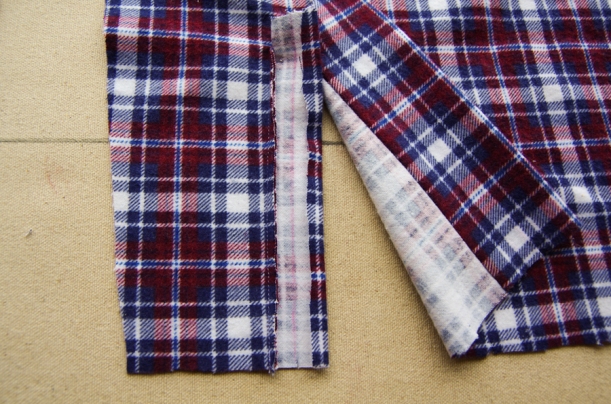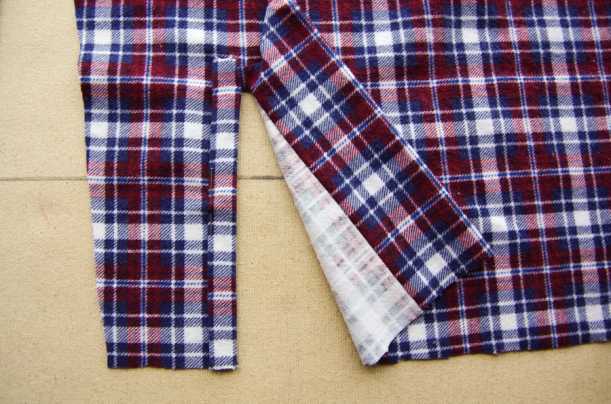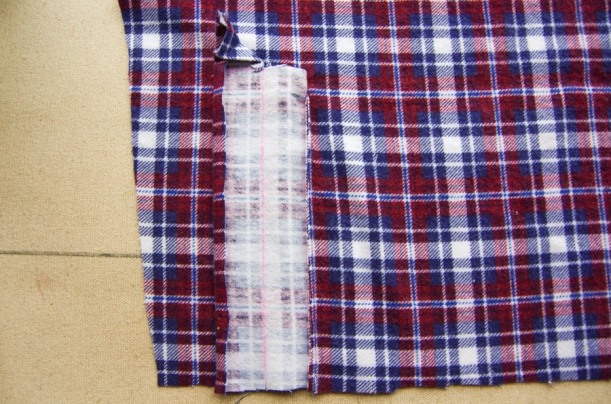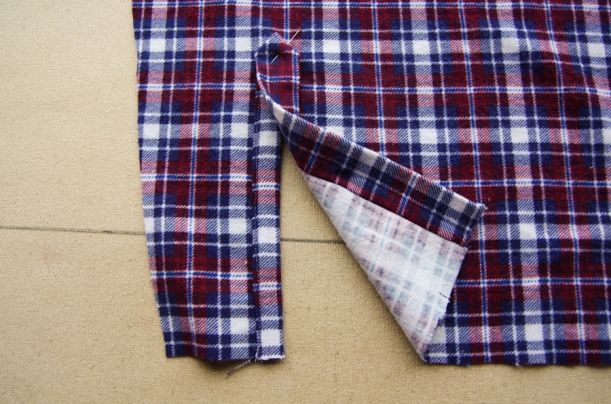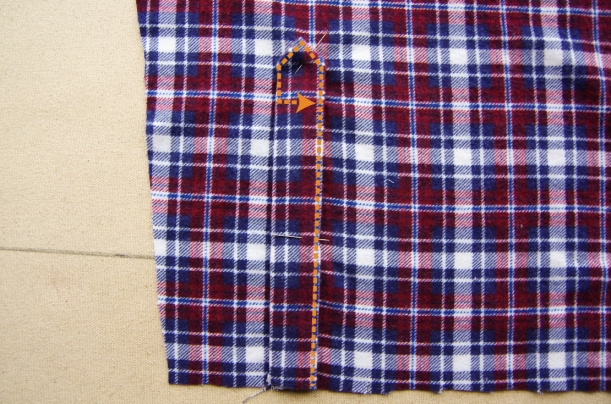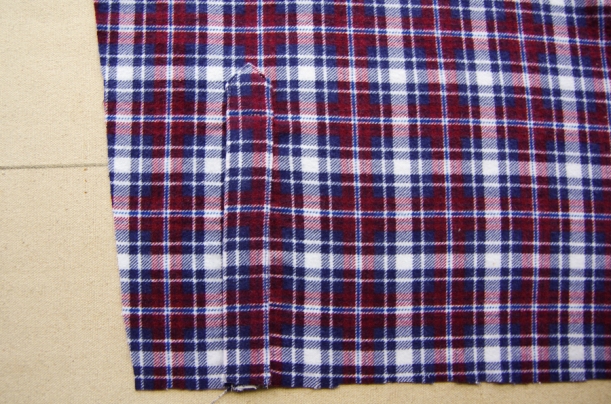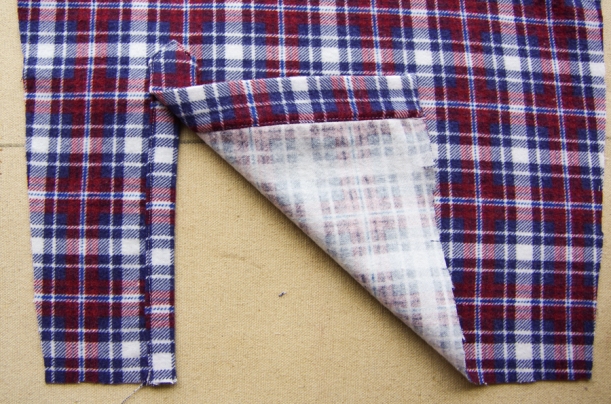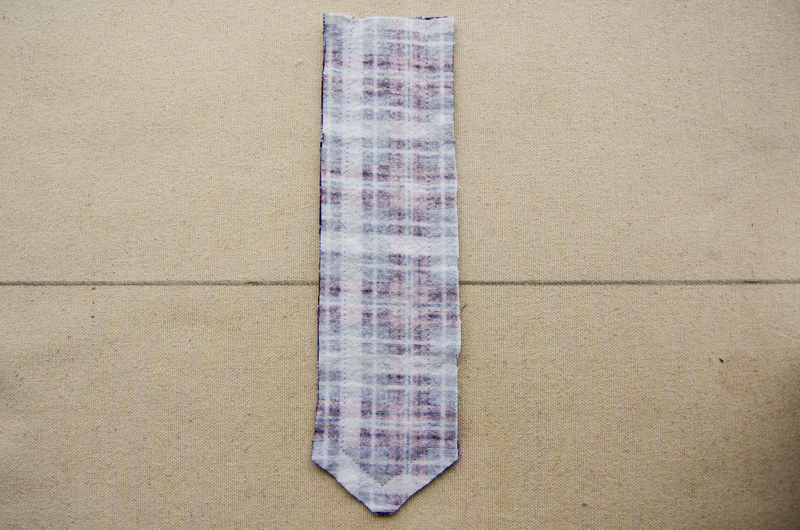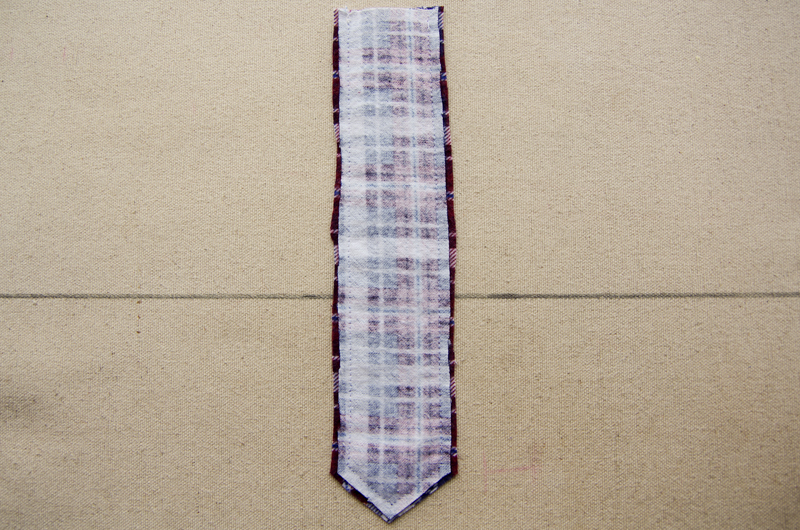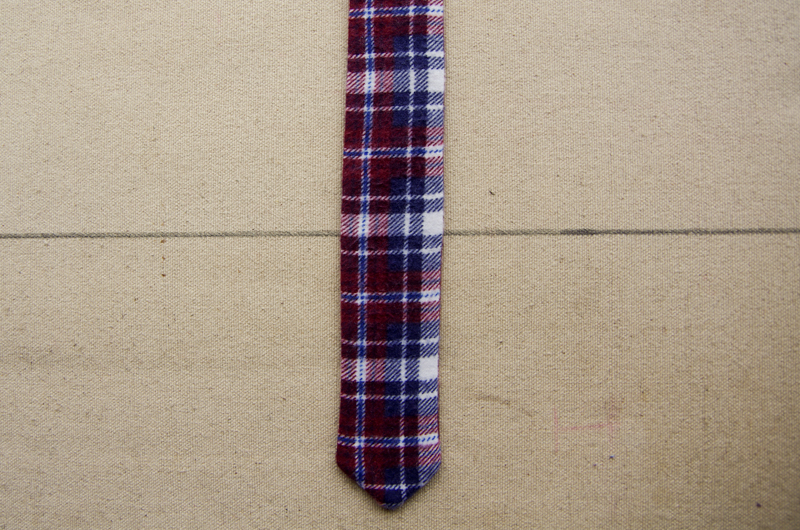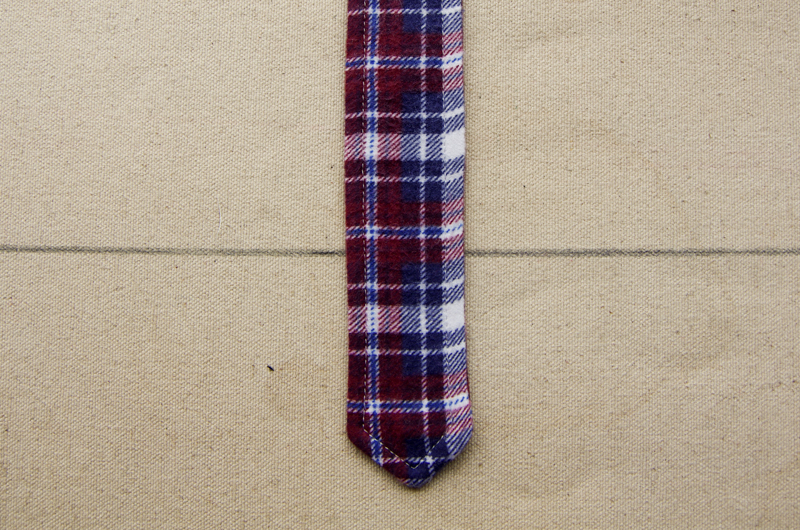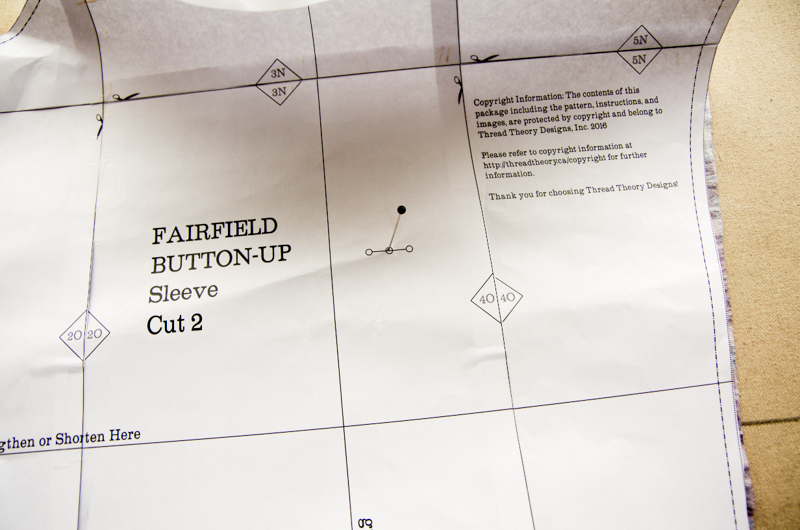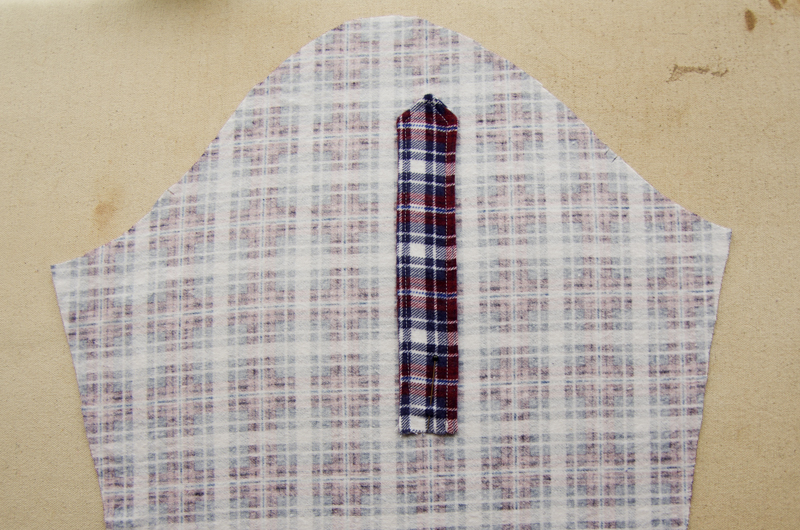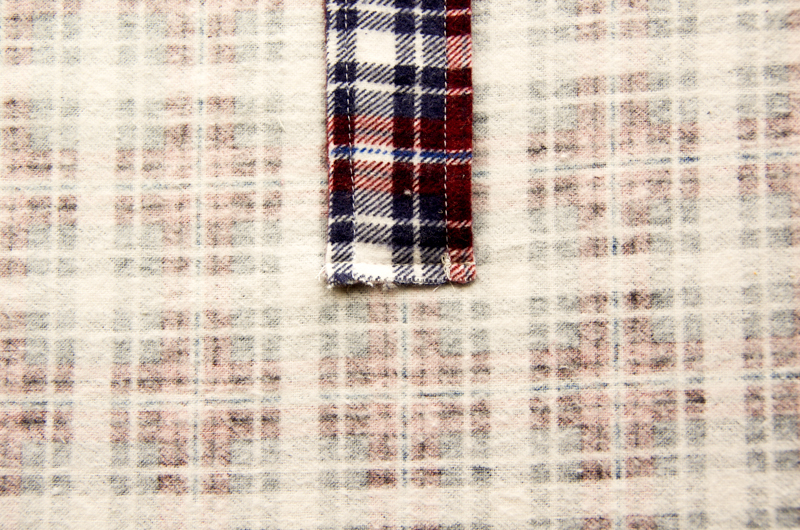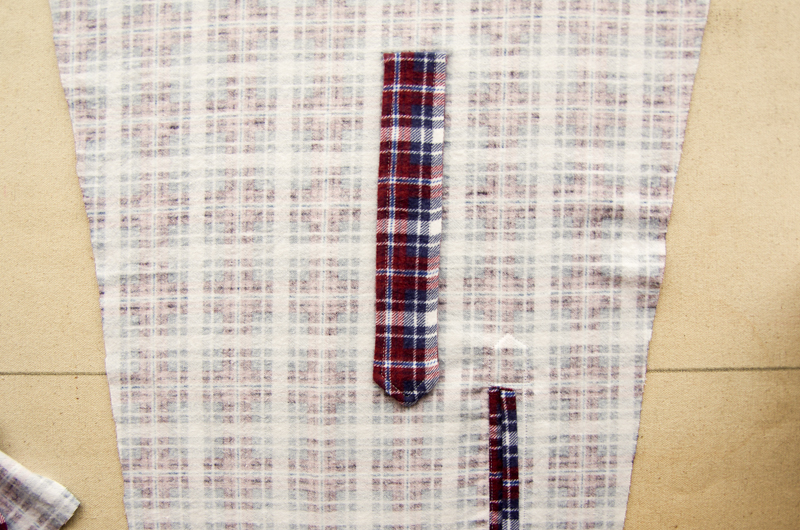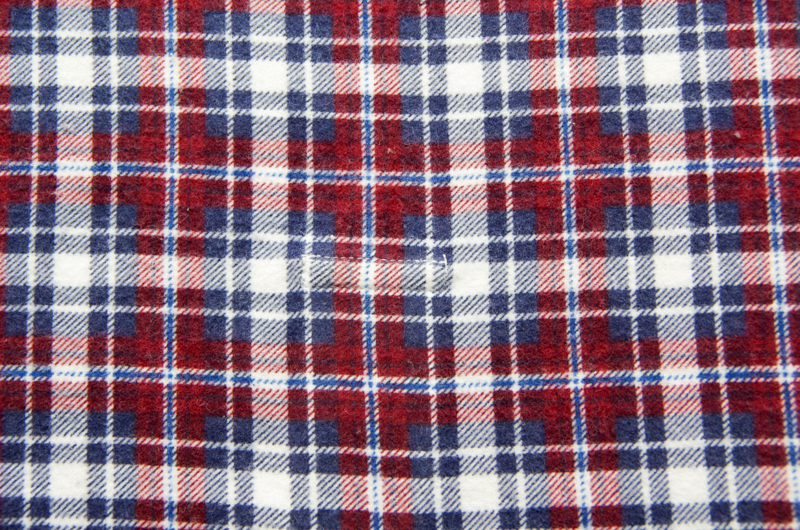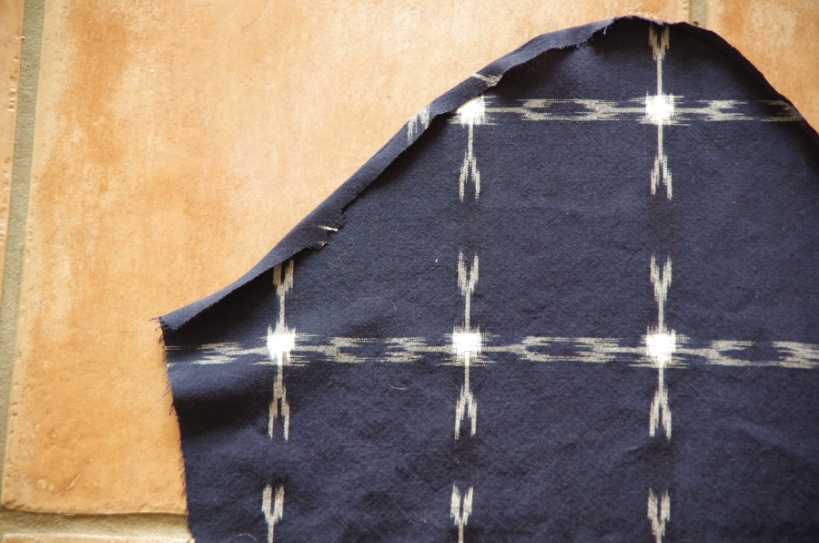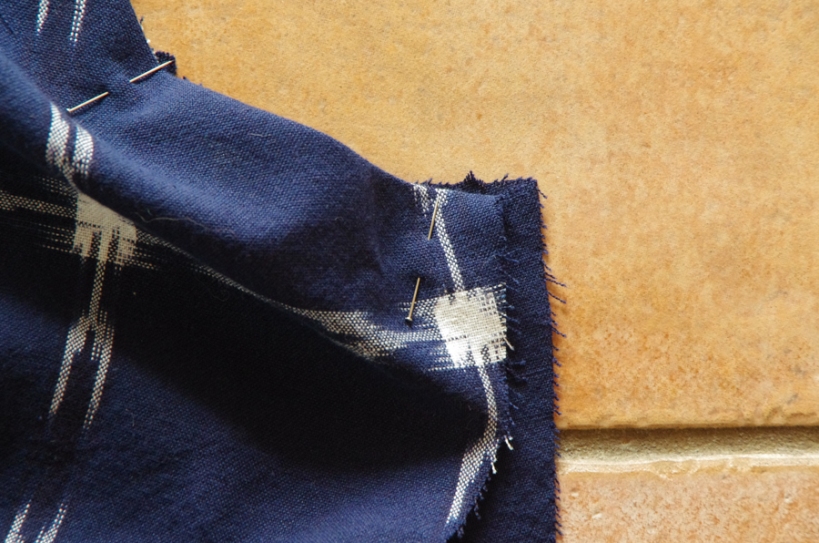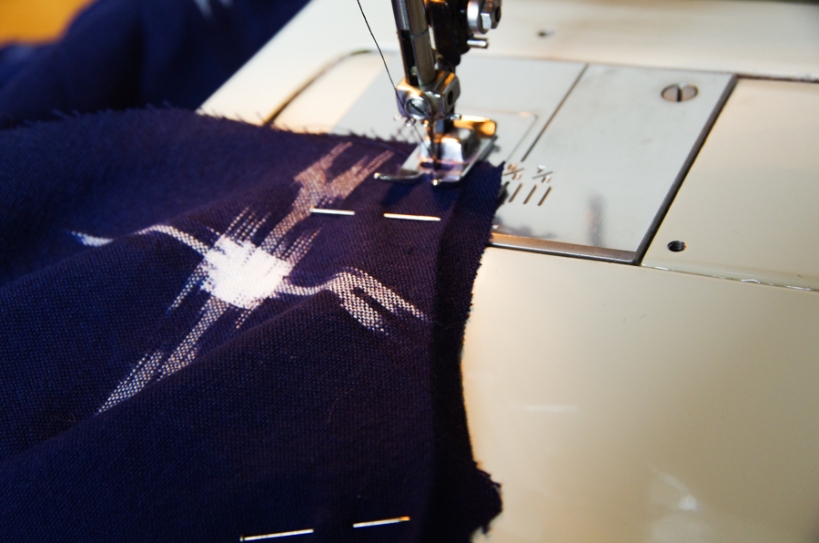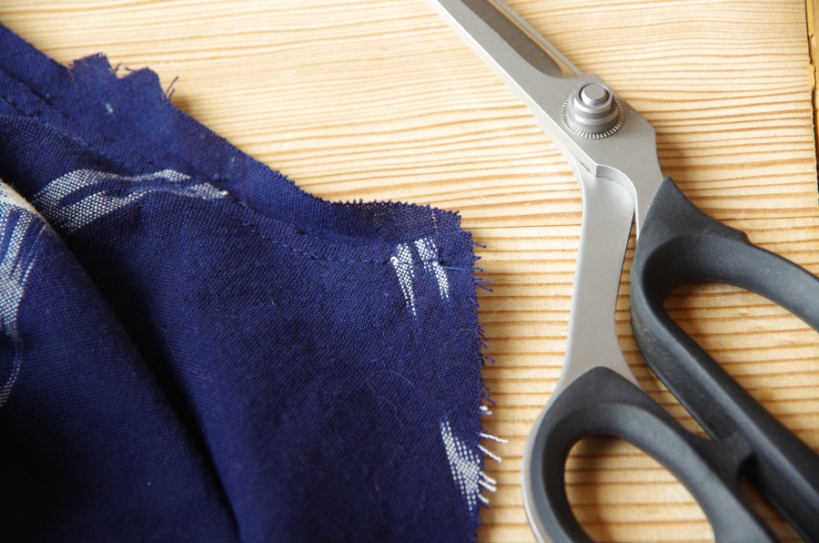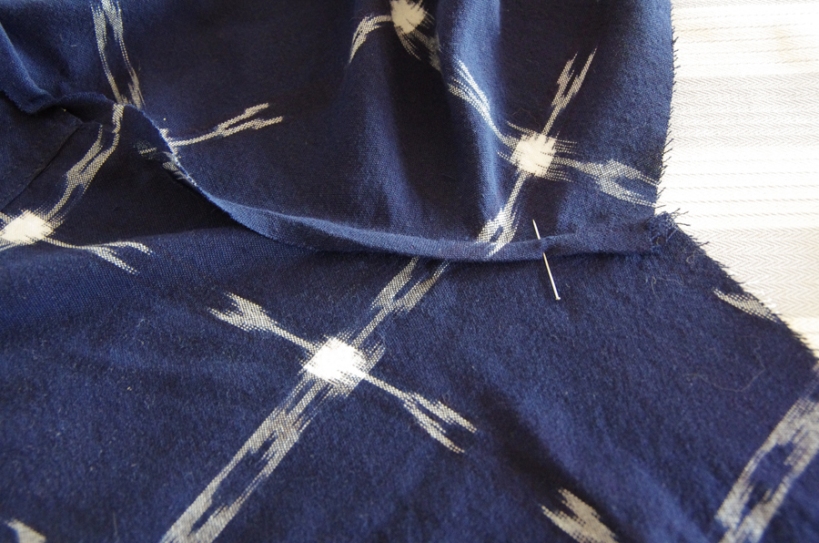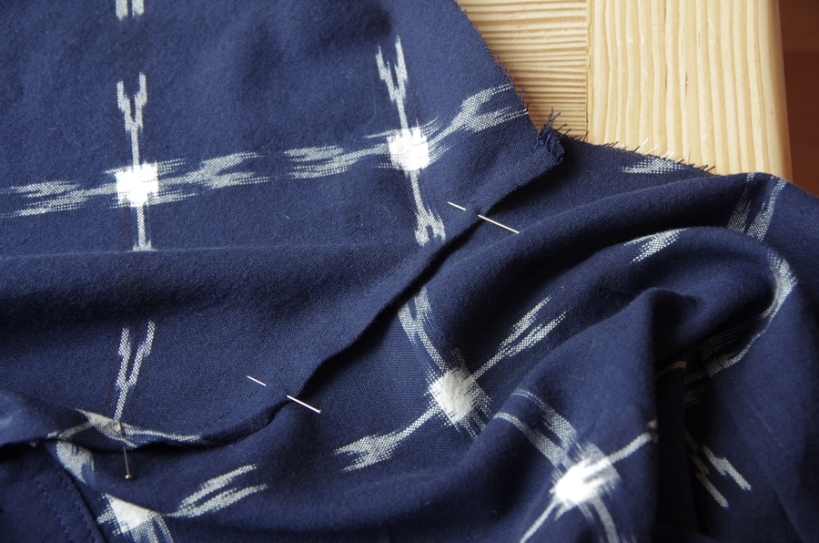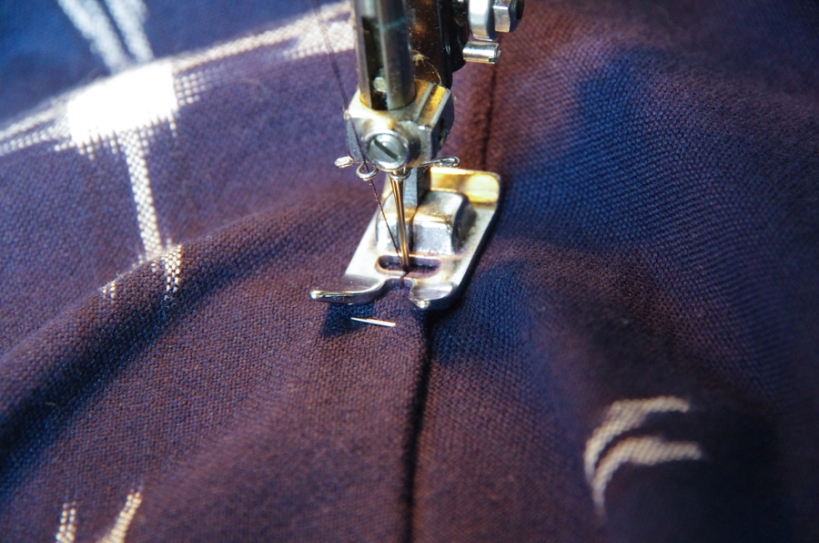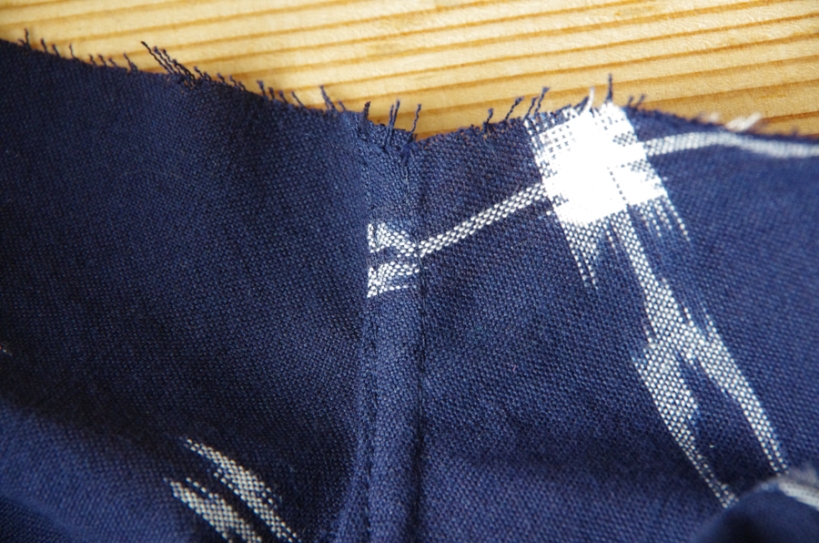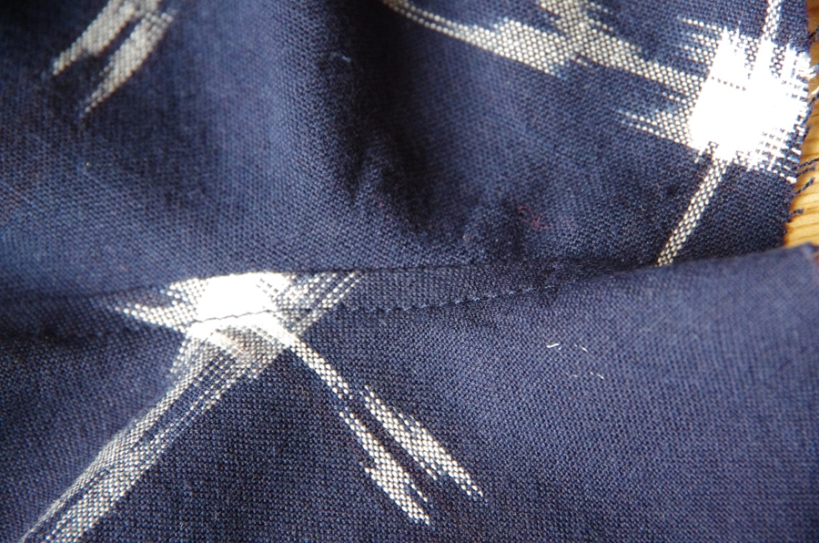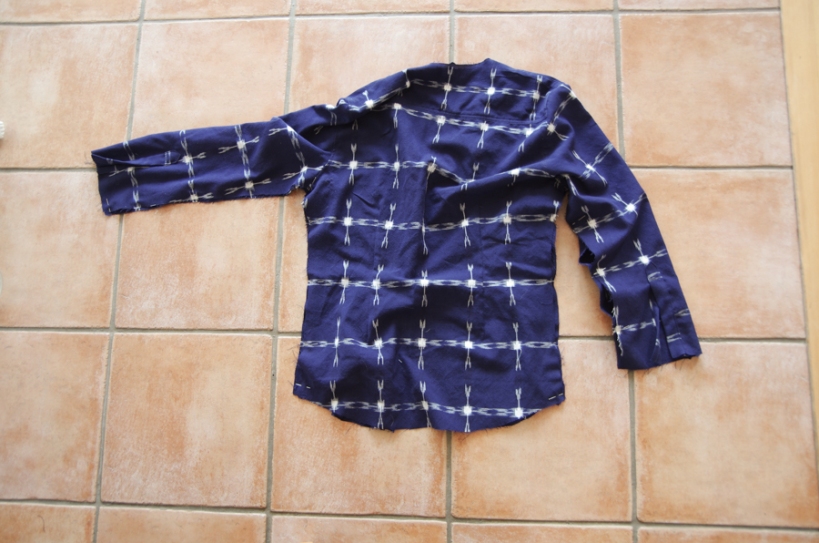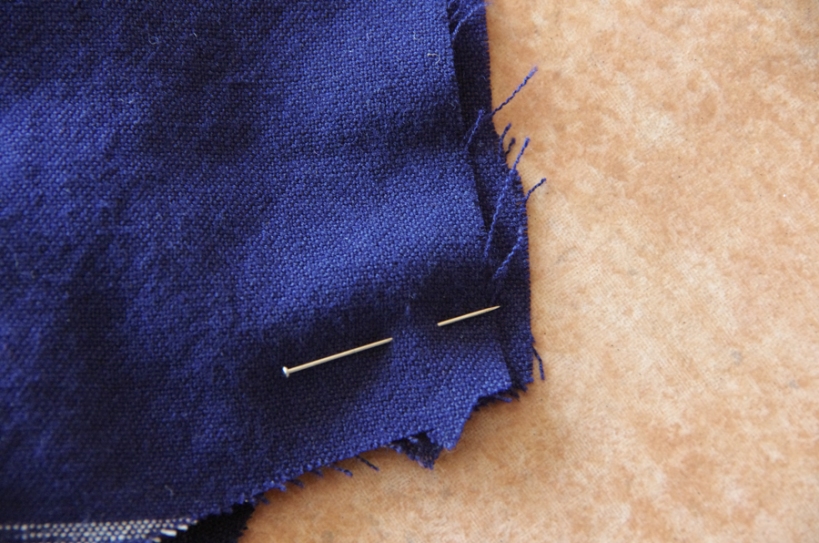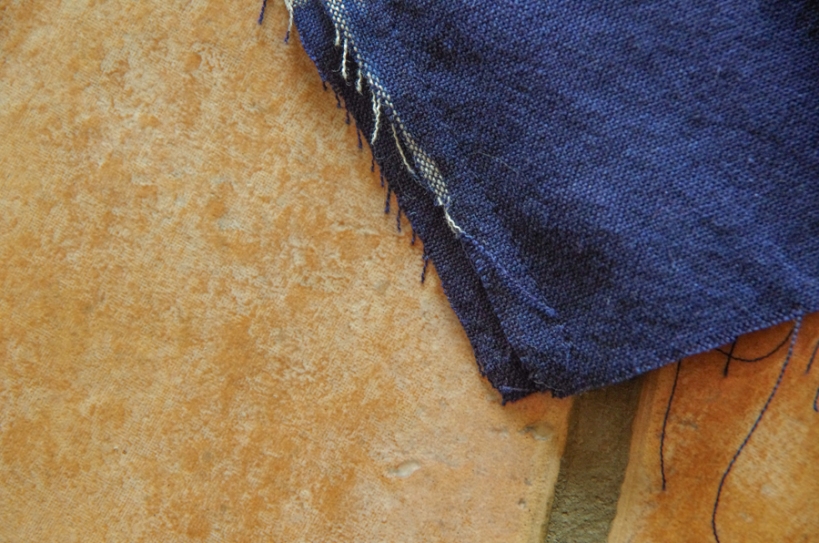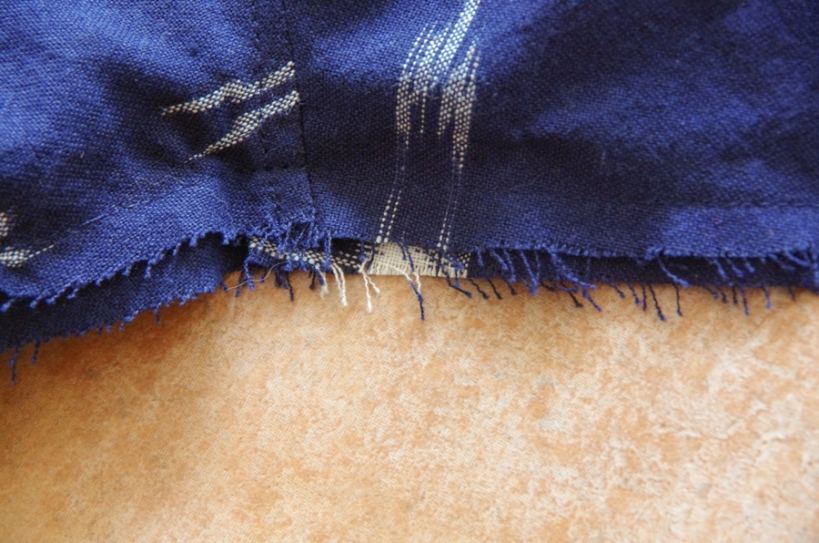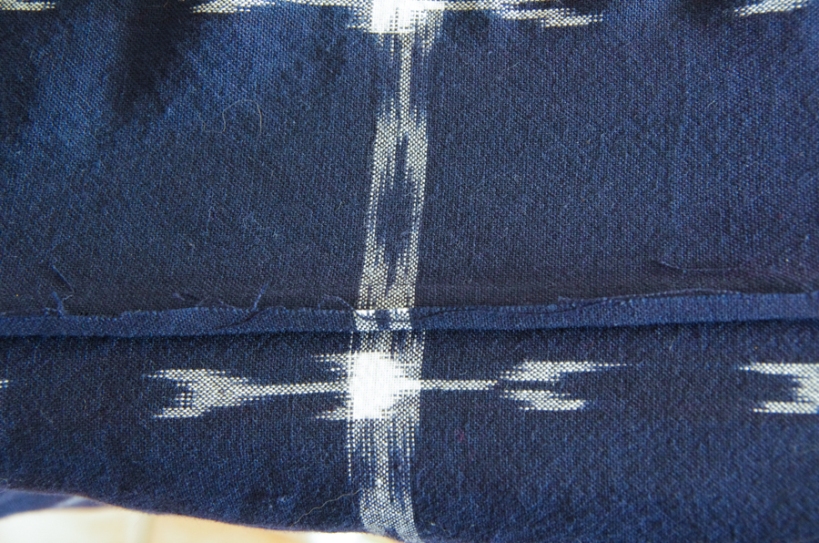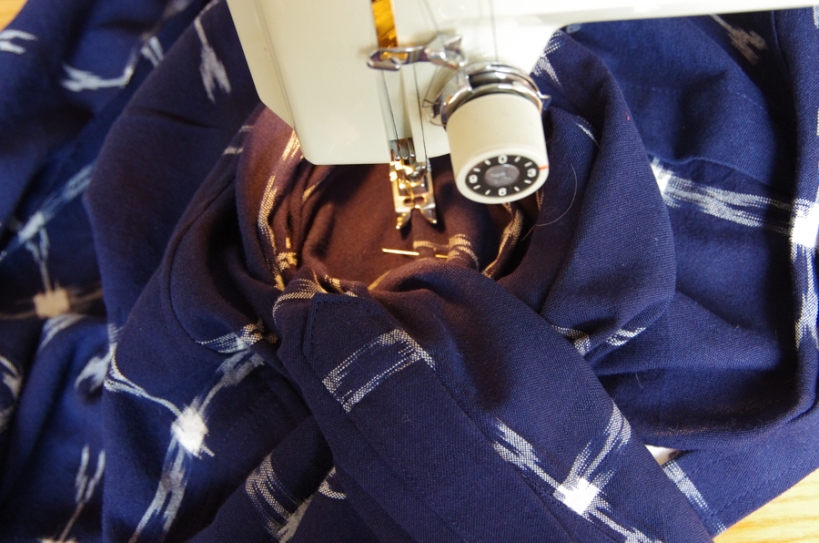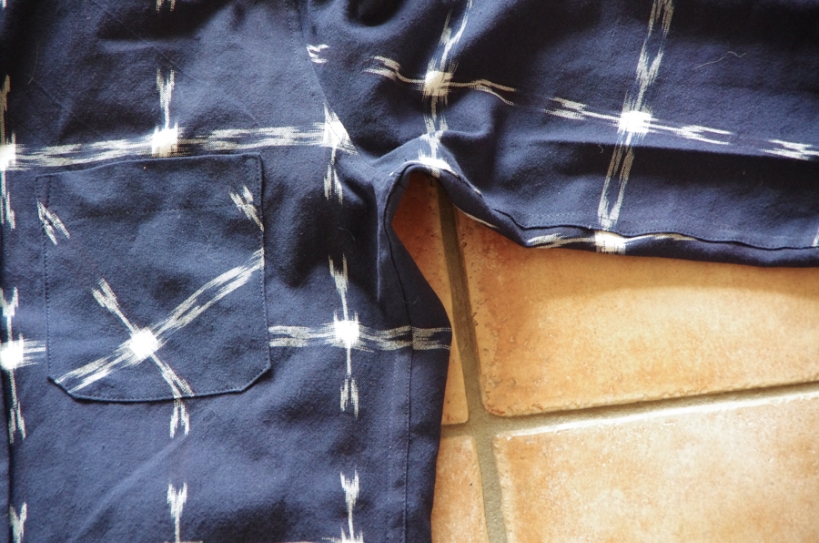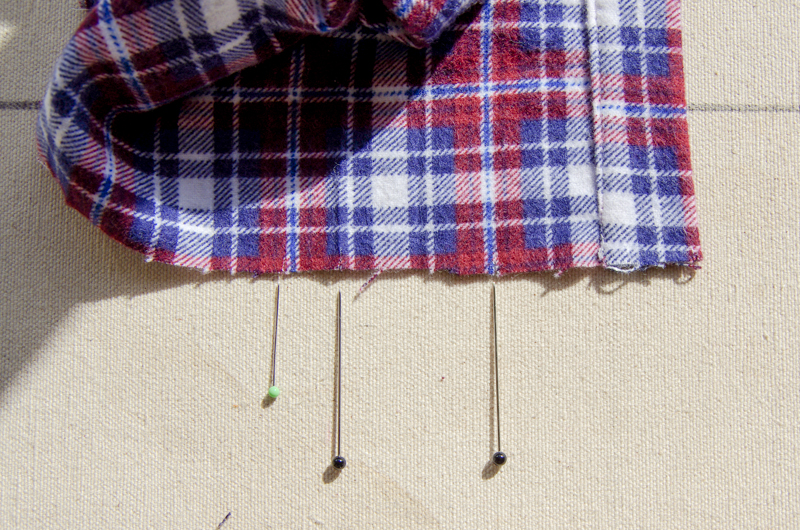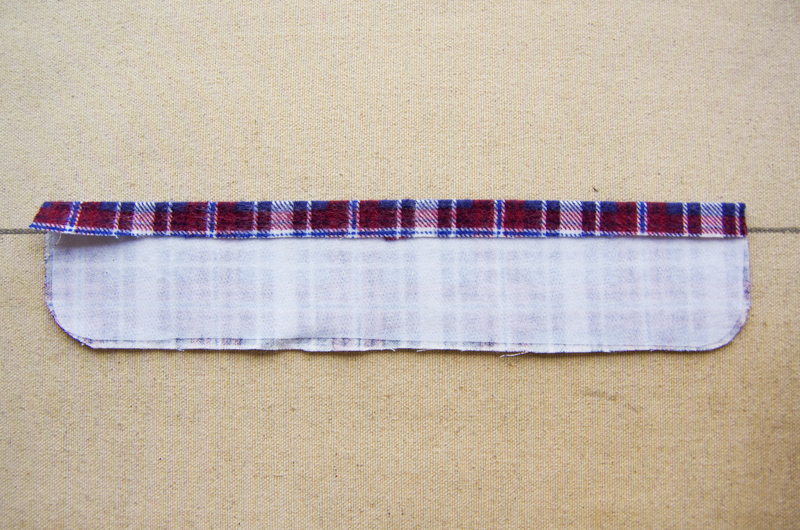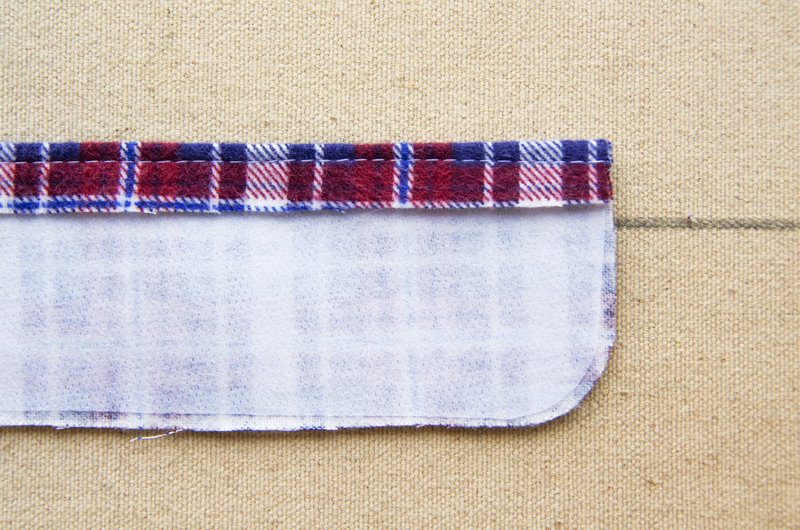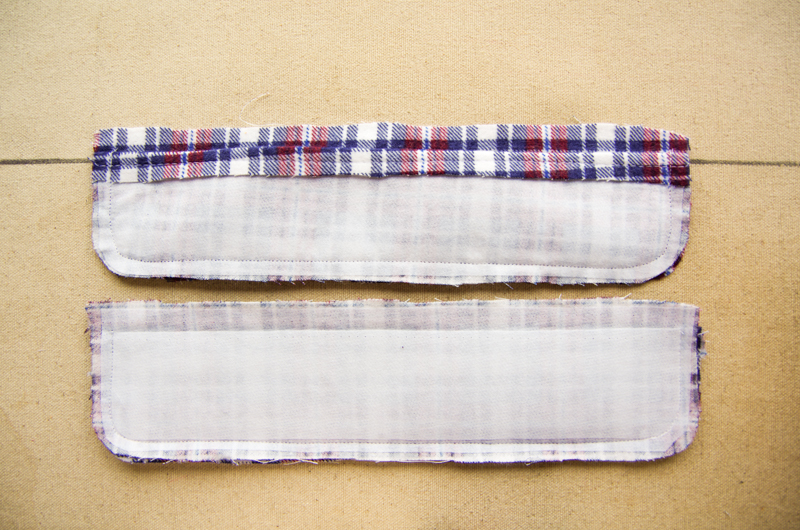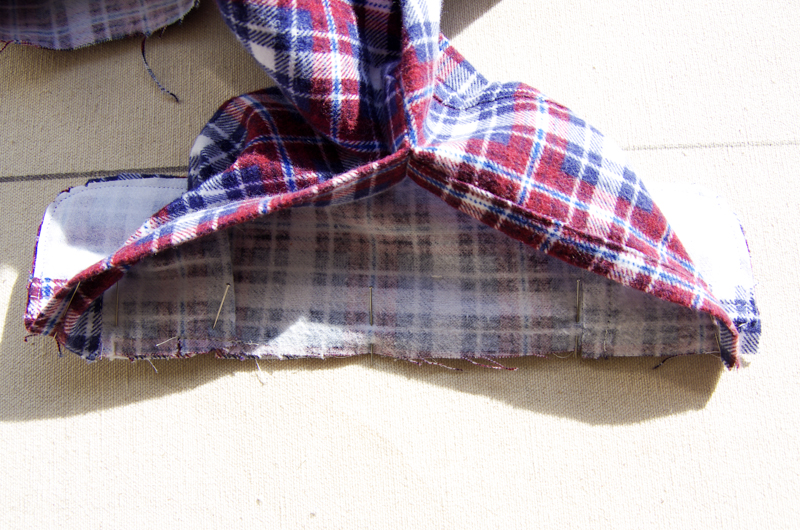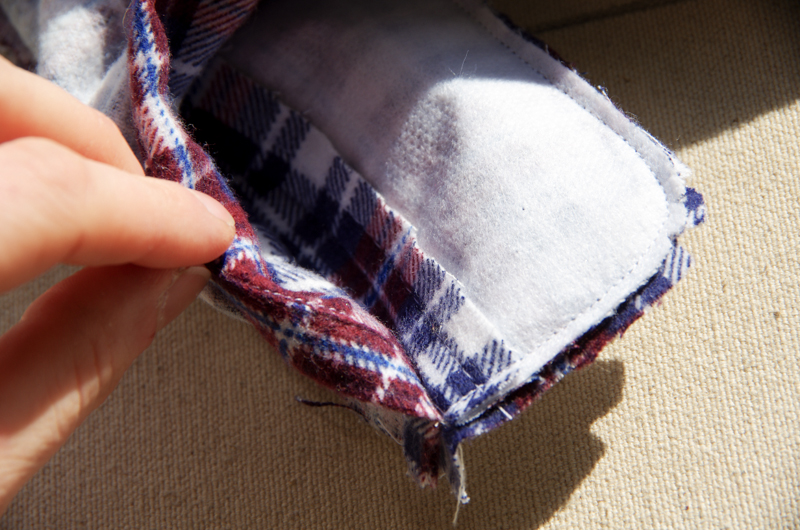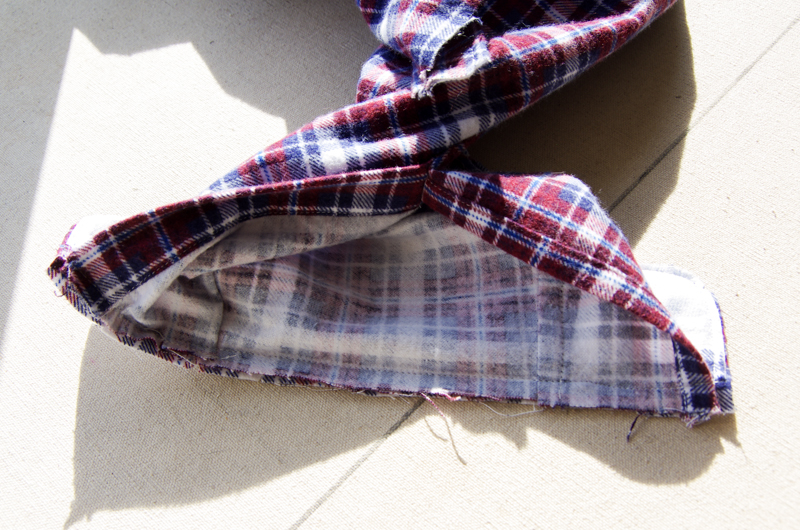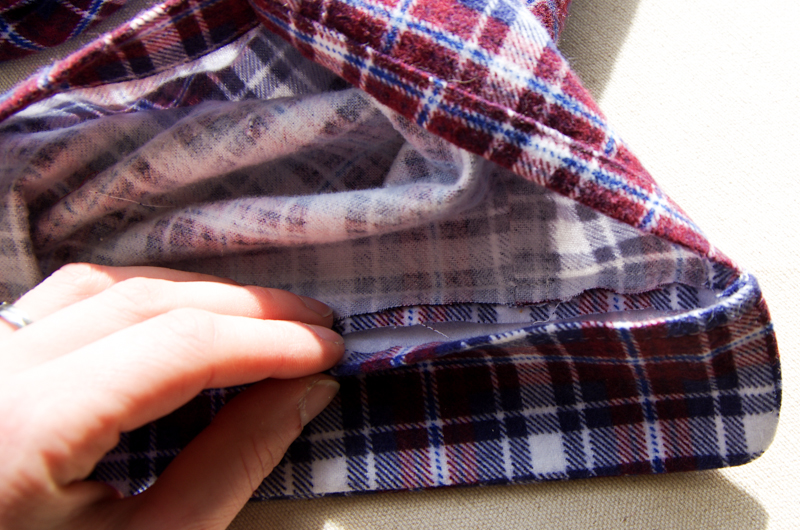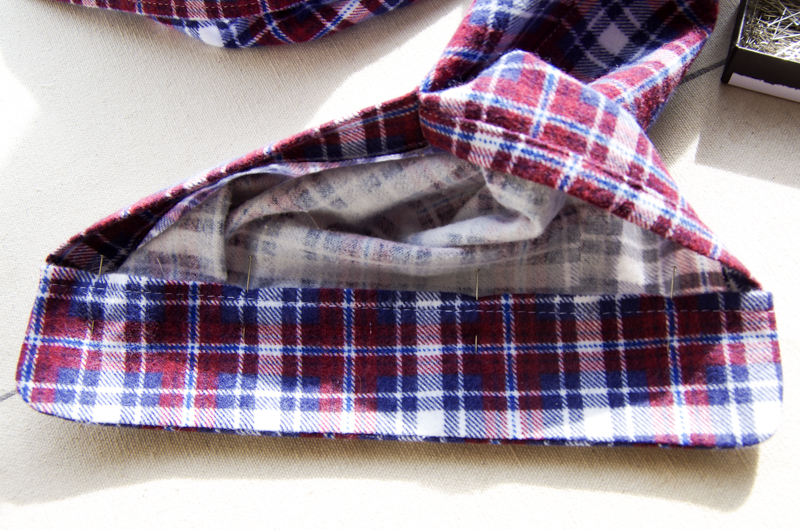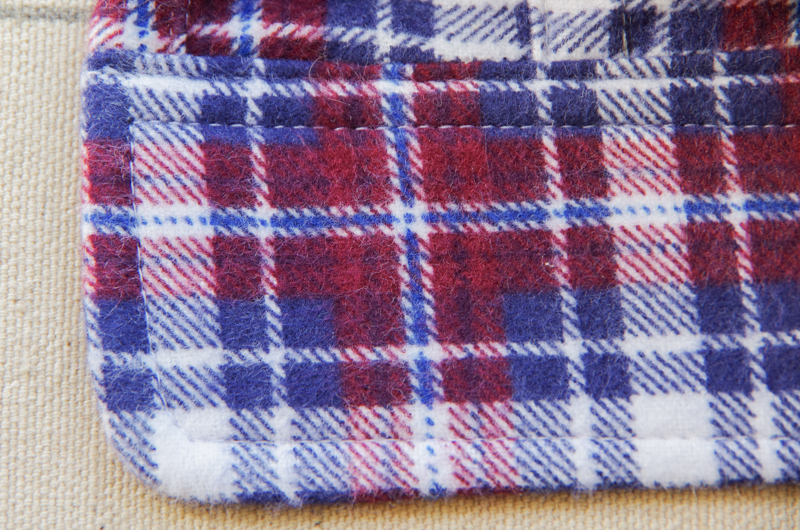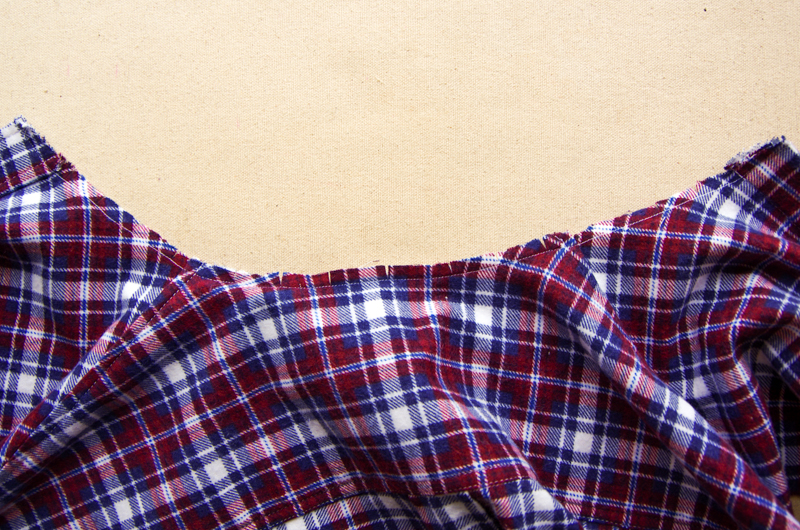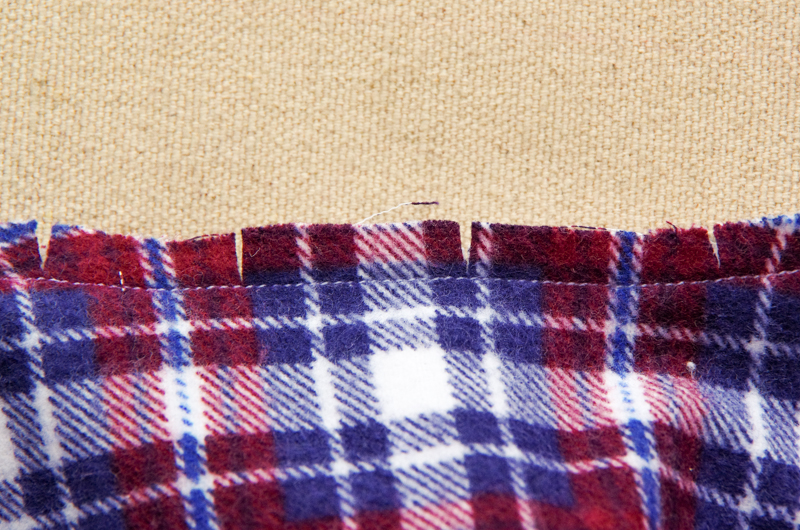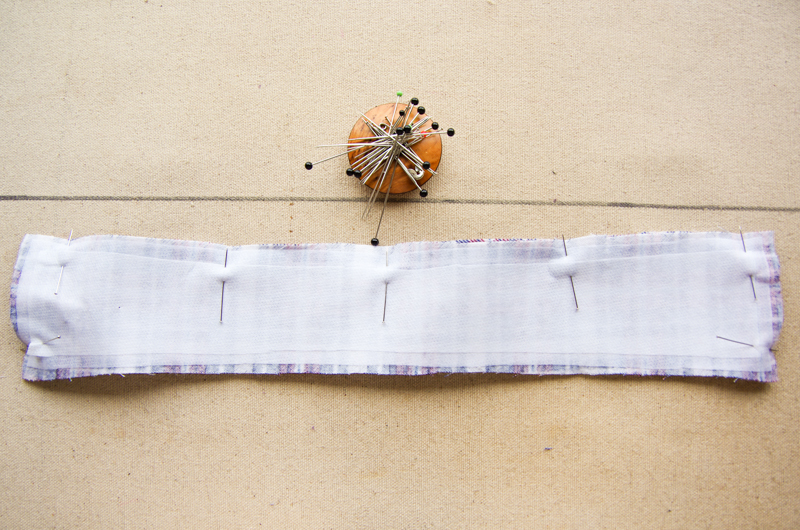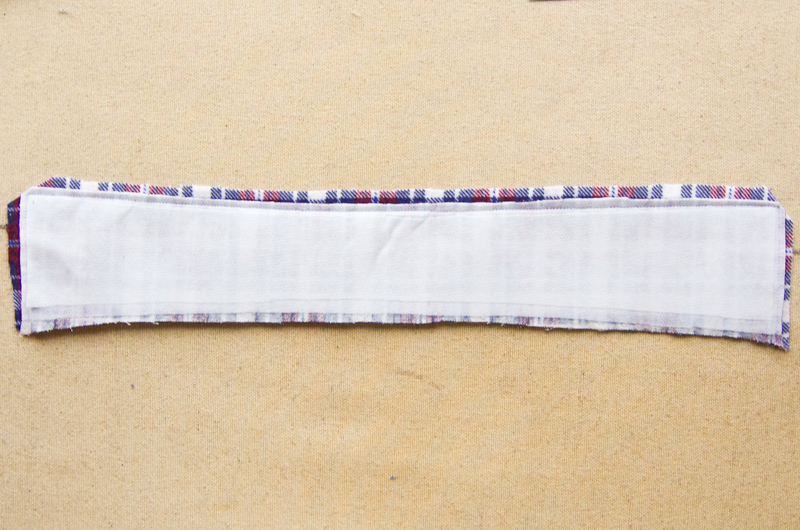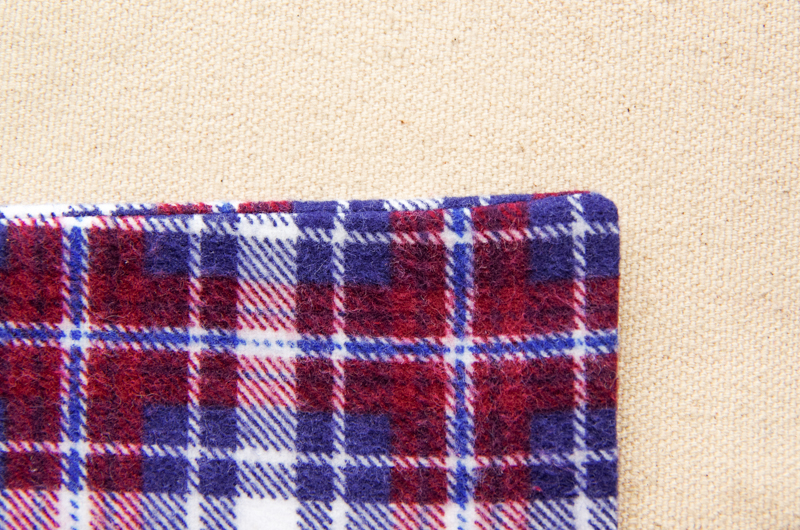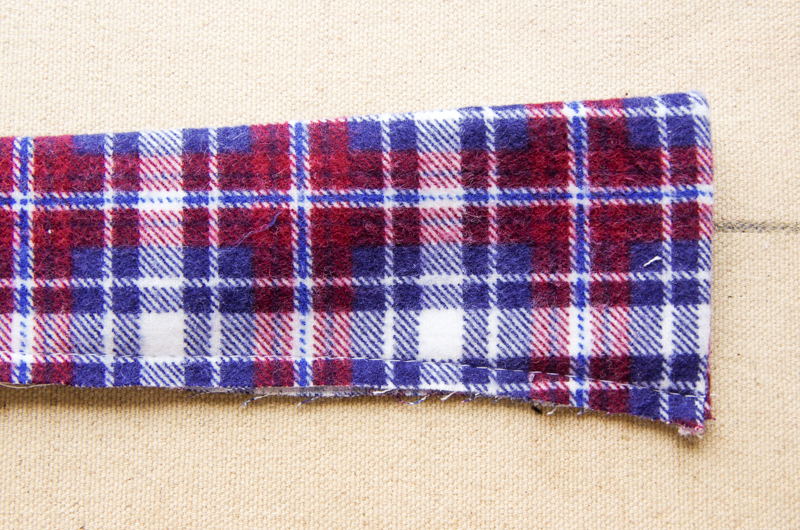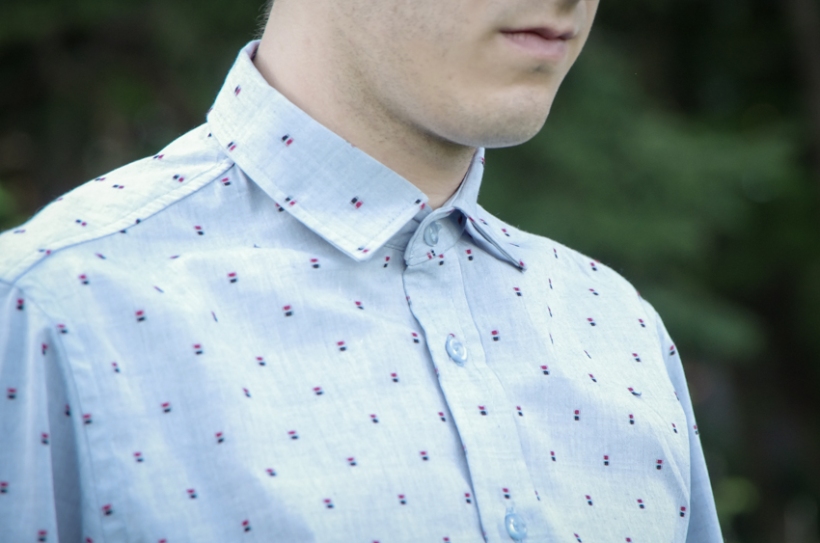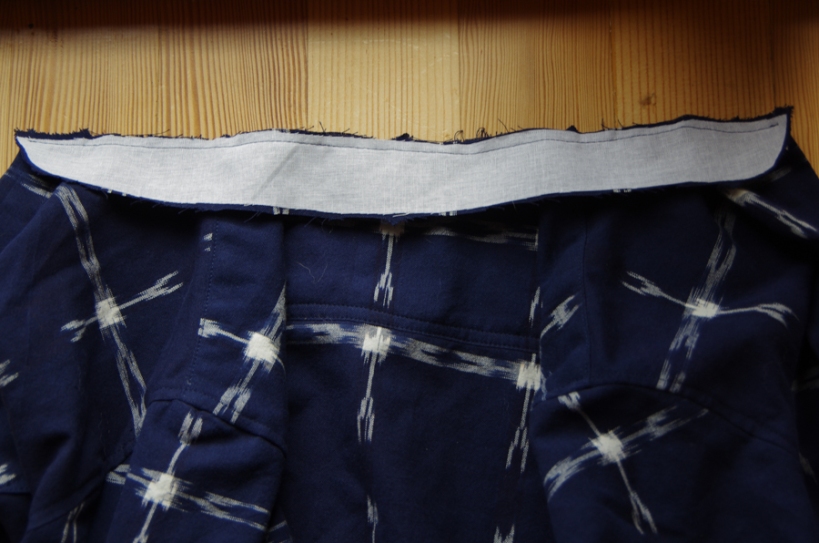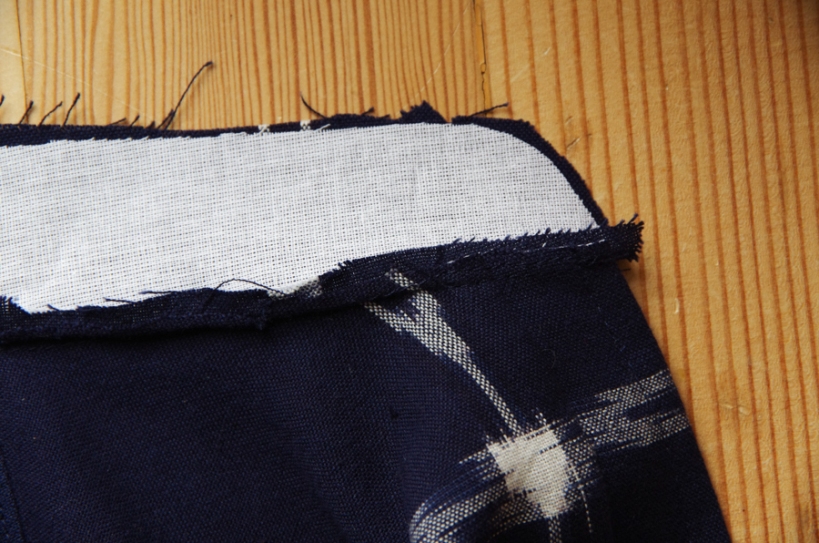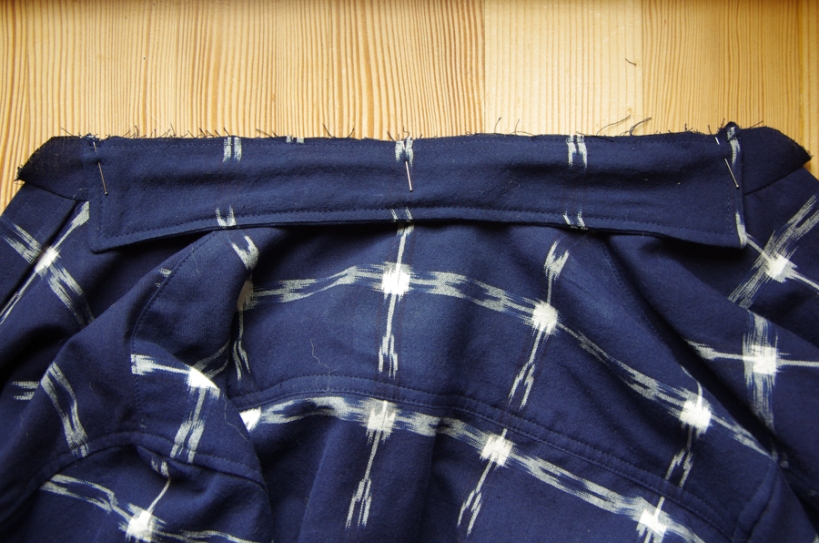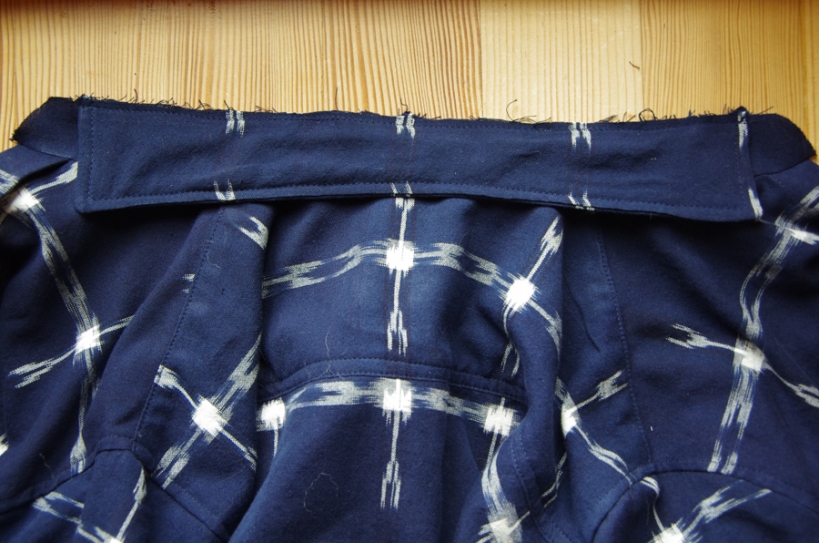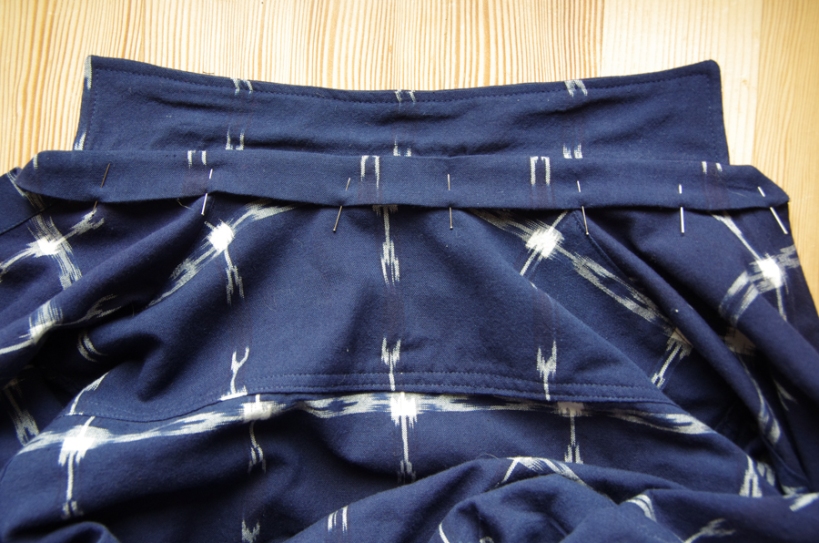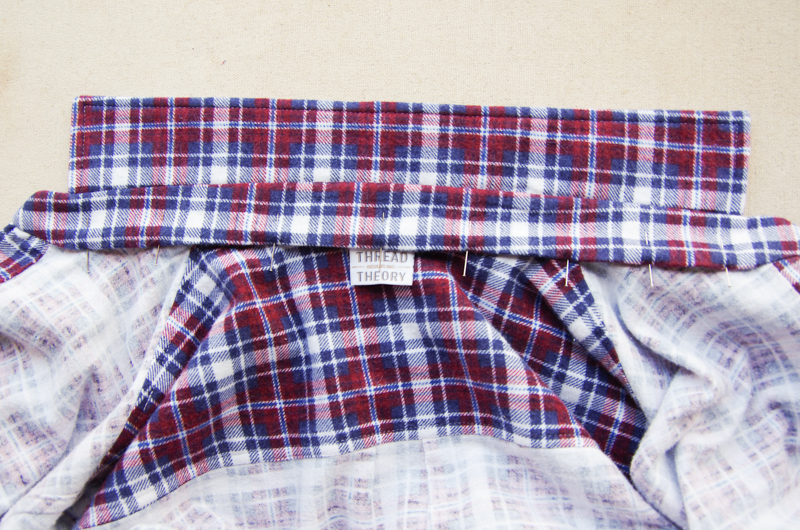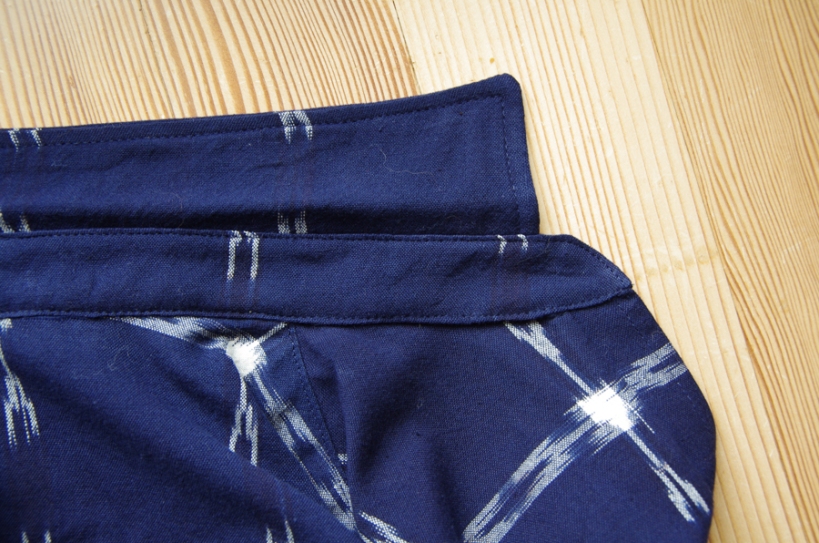Welcome to the first day of the Fairfield Sew-Along! We will be sewing our Fairfield button-up shirts in time to give as Father’s Day gifts if you would like. Here is how the sew-along will be spread out:
Monday, May 16th (today!): Gather your supplies.
Wednesday, May 18th: Choose your size.
Friday, May 20th: Create a custom fit: Part 1 & 2
Monday, May 23rd: Cut into your fabric, match plaids or prints.
Wednesday, May 25th: Apply interfacing, sew the button placket.
Friday, May 27th: Pocket and pleat or darts.
Monday, May 30th: The yoke – using the burrito method.
Wednesday, June 1st: The sleeve placket.
Friday, June 3rd: Optional sleeve tab and attaching the sleeve to the body.
Monday, June 6th: The cuffs.
Wednesday, June 8th: The collar.
Friday, June 10th: The Hem and Buttons – we’ll be done!
Friday, June 17th: A round up of finished Fairfield Button-ups in honor of Father’s Day.
Don’t worry if you fall behind – this is a pretty fast pace for those just learning to sew a shirt. Take your time and enjoy the process! These posts will remain available for your reference on our website and blog indefinitely.
Let’s begin by talking about the supplies you will need for your Fairfield Button-up:
Fabric

Stonemountain & Daughter Fabrics, a gorgeous fabric shop both online and in Berkeley, California, have kindly provided us with two different shirtings to use during our sew-along. (By the way, “shirting” is just fabric of any sort that you think will make a nice shirt…I remember when the word “shirting” really intimidated me!). Let me introduce these two shirtings to you:

Meet: A gorgeous chambray with black and red slubs. This fabric is called “Sailor’s Dobby Chambray.” When this fabric arrived I was so excited to use it that I ended up making it into a sample for the website photos! I’ll still be including some shots of this shirt throughout the sew-along (close ups of seams and darts) but there won’t be any process shots due to the fact that the fabric was barely out of the parcel before it became a shirt.

I love how crisp this fabric presses and how light weight the finished shirt is. It is most definitely a dress shirt rather than a casual shirt. One reason why it feels this way is due to the light weight of the fabric. The fabric is 100% cotton and weighs 2.75 oz per square yard. To give you an indication of how light this is, our buffalo check shirting is a beefy 5.25 oz per square yard! Light weight fabrics are always a good choice for shirts suited to formal attire.

The second fabric is an Ikat from the section specifically devoted to Ikats in Stonemountain & Daughter’s online shop. It is called “Dakota Arrows Ikat” and is a navy broadcloth featuring a white woven arrow design. I was pleased to find that the navy did not run into the white arrows when I washed and dried this fabric. An exact weight for this fabric is not given on the website but I would estimate that it sits squarely between the chambray and our buffalo check brushed cotton.

This large scale print will be a great example to use when showing you my pattern matching tricks. I plan for this shirt to be quite casual – I can imagine it worn with a pair of brightly colored summery Jedediah Shorts or with some cream colored chinos.

Aside from the Stonemountain & Daughter fabrics, one other fabric will be joining us for the sew-along: I have photographed process shots of the flannel shirt that I made for Matt and blogged about recently – it is a pretty low quality fabric that I purchased locally. It is probably better suited to pajama bottoms or rag quilts but I picked it specifically because it features a printed right side and a white wrong side – perfect for clearly showing you my stitching lines in photographs.
Now that I’ve shown you my fabric choices, let’s talk about how you can make your own fabric choices:
To make a dress shirt:
- Look for lightweight pure cottons with a tight weave.
- Cotton Pique is the best choice for a very formal dress shirt meant to be worn to black or white tie events.
- The fabric should iron crisply (does it wrinkle crisply when you crush the fabric in your warm hand? This is a good indication that it will iron nicely).
- Check that the fabric is opaque. It is possible to make dress shirts with slightly transparent fabric because men usually wear undershirts beneath dress shirts but you will want to check with the wearer to make sure the level of transparency is comfortable for them.
- Check out this great post that explains the various weave styles of cotton dress shirt fabric. You’ll learn the difference between Oxford, Twill and End-on-End.
To make a casual shirt:
- You can choose from a huge selection of fabric options for casual shirts! Look for everything from cotton chambray to fairly thin boiled wools. I have even seen casual shirts sewn in thin french terry fabrics (thanks to a customer who contacted me wondering if this is possible!) – a knit button up is very cool and casual but it would be quite difficult to sew detailed areas with precision when working with a lofty, stretchy knit.
- A shirt will likely appear more casual if it features a loose weave, a unique texture, or a bold print.
- If you love raiding the quilting section of the fabric store when sewing dresses, you might like to try doing so for a button-up shirt (if your prospective wearer is inclined to wear unique and bold prints like my Grandpa!).
To make a mock up:
- Choose a cheap woven fabric of similar weight to your final fabric choice.
- There are many affordable fabric choices when it comes to thin woven cottons – my favorite are used bedsheets (ratty ones from your linen closet or the thrift store) and broadcloth. My local fabric shop often sells cuts of broadcloth (around 2m) for as little as $3-$5 CAD.
Interfacing

We will be interfacing the collar, collar stand and cuffs. We will also be interfacing the button placket (only the side where the buttonholes are sewn).
Interfacing is a very important element of a button-up shirt. In the past it was common to starch shirt collars but, since this is no longer the case, interfacing is relied upon to create a smooth, crisp, stiff look. It is acceptable to use light interfacings on casual shirts or to even skip interfacing altogether for a very modern, pleasantly rumpled look but, it is by far more common to employ a medium weight interfacing.
I prefer fusible interfacings for shirtmaking because I like a very crisp collar. I find fusibles (especially the Shirt Collar and Cuff Interfacing that we carry in our shop) add maximum crispness while adding minimum weight. Just because I prefer fusibles for this situation, doesn’t mean this is the best option! Feel free to use a sewn in interfacing or, even better, experiment with both styles! One of my favorite shirtmaking reference books is Shirtmaking by David Coffin. Within this book you will find that the author recommends cotton muslin as a sewn in interfacing – he sometimes even uses two layers of the muslin to create a stiffer and heavier collar.
Notions
The only other notions you will need for your shirtmaking project are buttons! I recommend using buttons between 3/8″ and 1/2″ in diameter for a professional look. It is very rare that a store bought men’s shirt will have buttons that are wider than 1/2″. Lately I’ve noticed (since I have been fixated on shirts for many months now) that more ‘youthful’ brands tend to use smaller buttons with lower profiles. When I say “low profile” I mean that the buttons are not very thick.

With this in mind, I designed the Corozo Buttons that we carry in our shop to be low profile and on the small side. While thin plastic buttons may have a tendency to crack, Corozo buttons can be carved thinly without this risk – Tagua Nuts are extremely dense and strong. I never see sets of shirt buttons smaller than 1/2″ in my local fabric shop so I hope these Corozo buttons with their 3/8″ diameter fill a bit of a void! They are the perfect color to use as an accent on a casual shirt.
If you are sewing a dress shirt I would recommend using either a button that matches your fabric exactly or a classic ivory color. If you would like to create a super casual look, pearl snaps are a fun option!























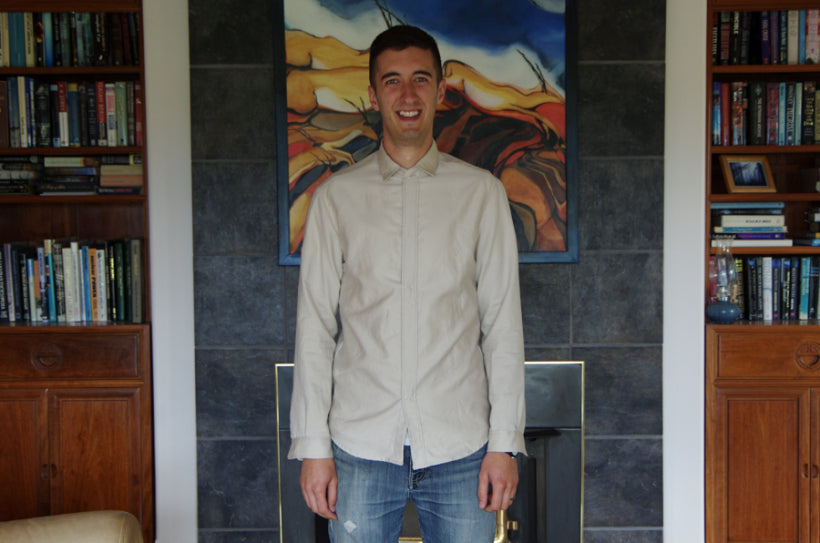
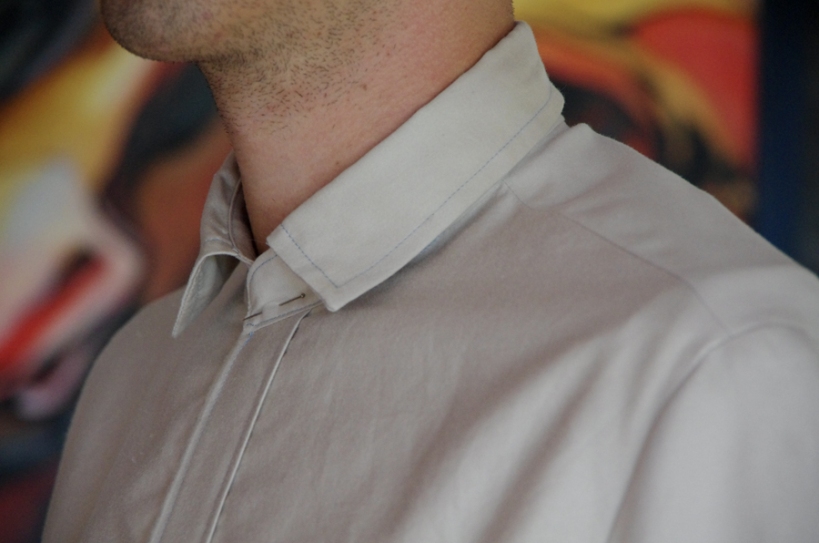
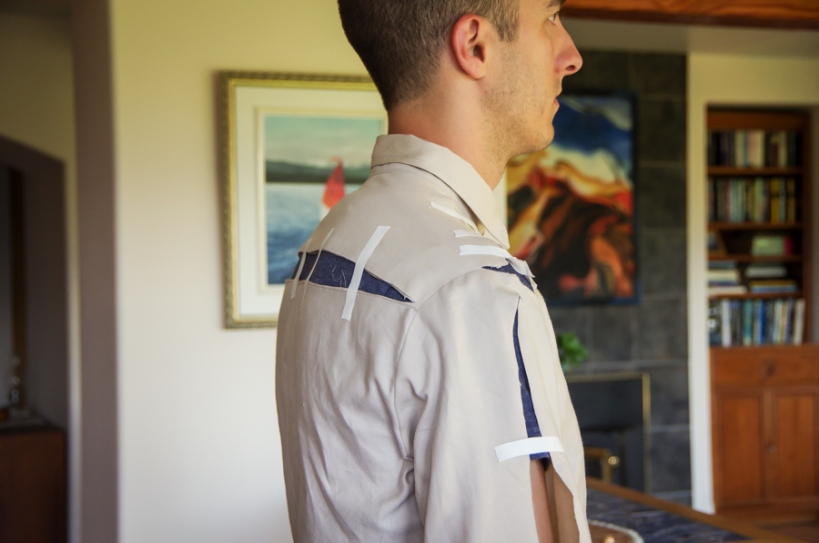
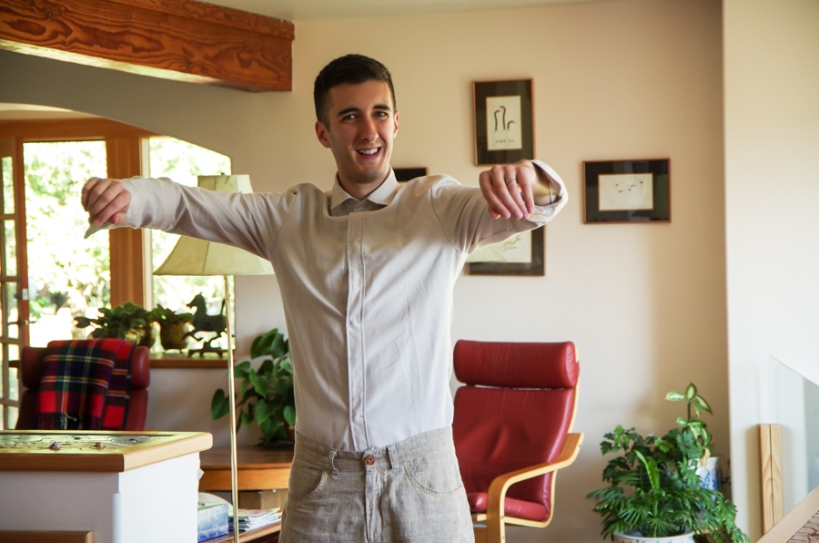
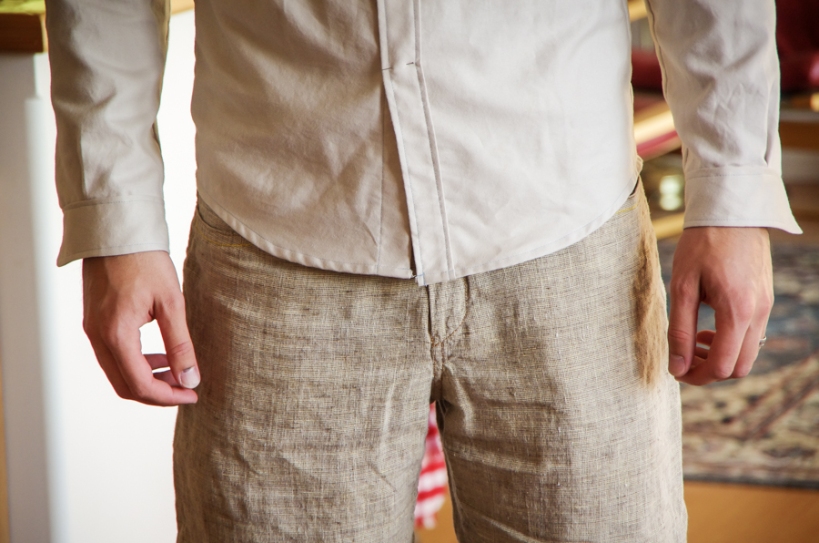
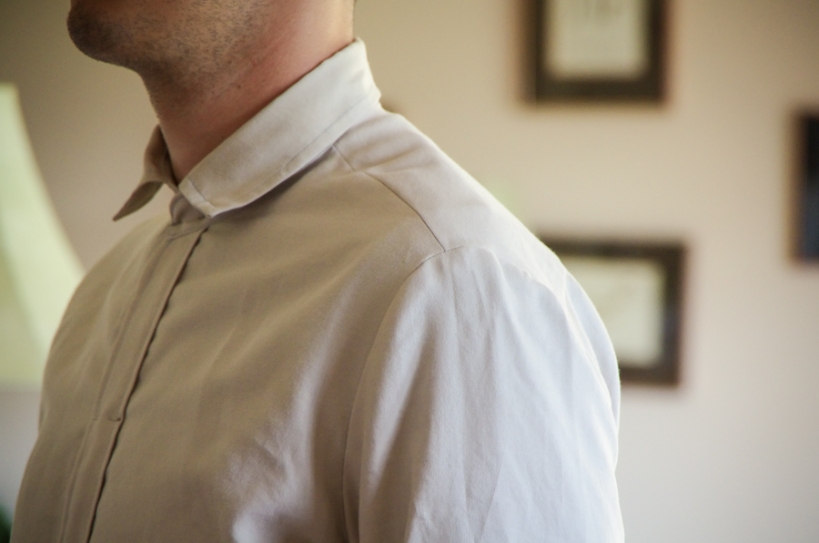
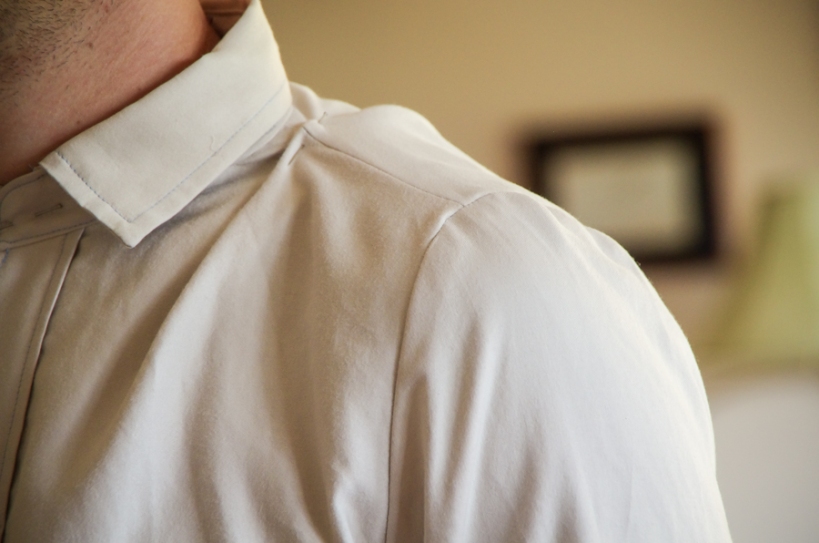


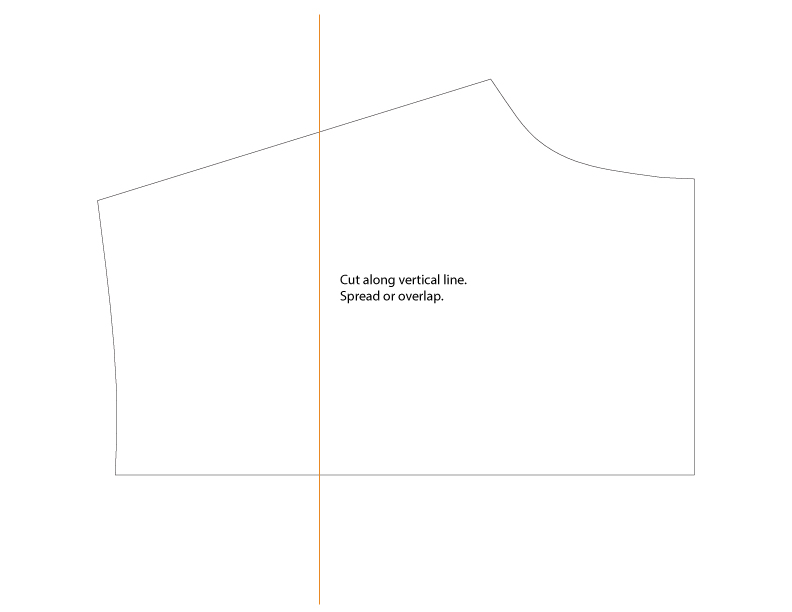
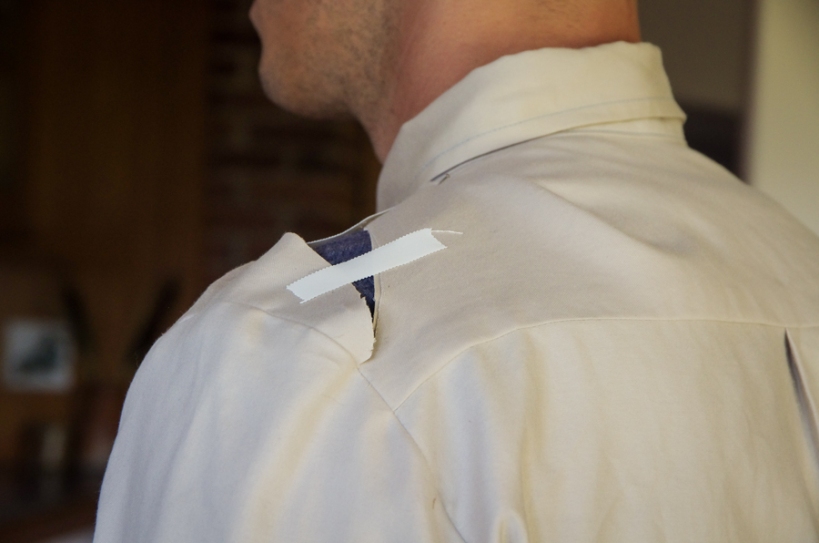

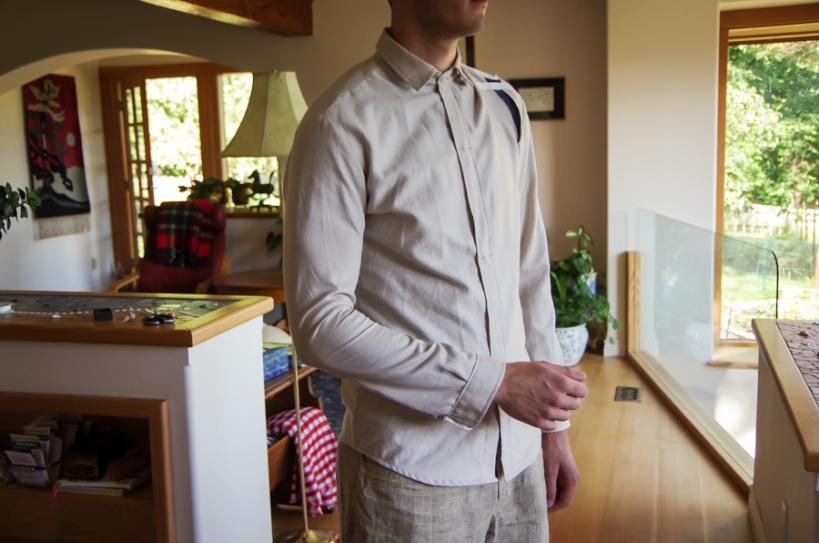
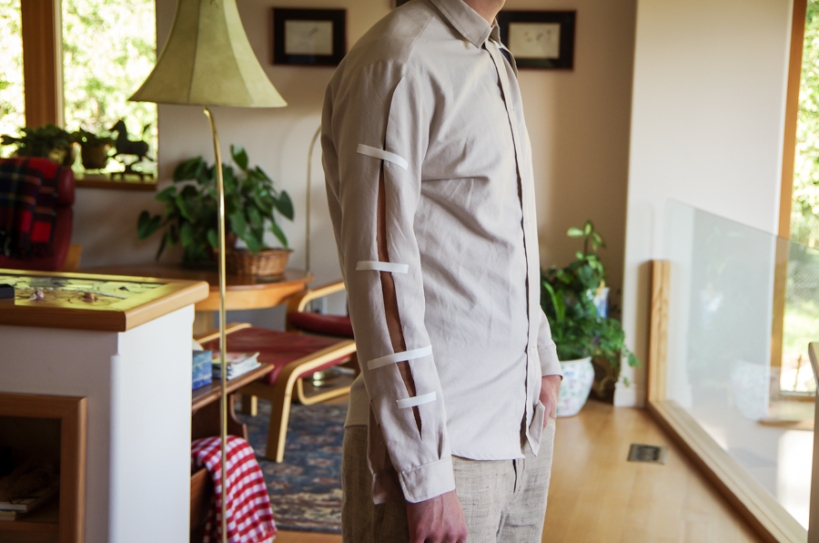


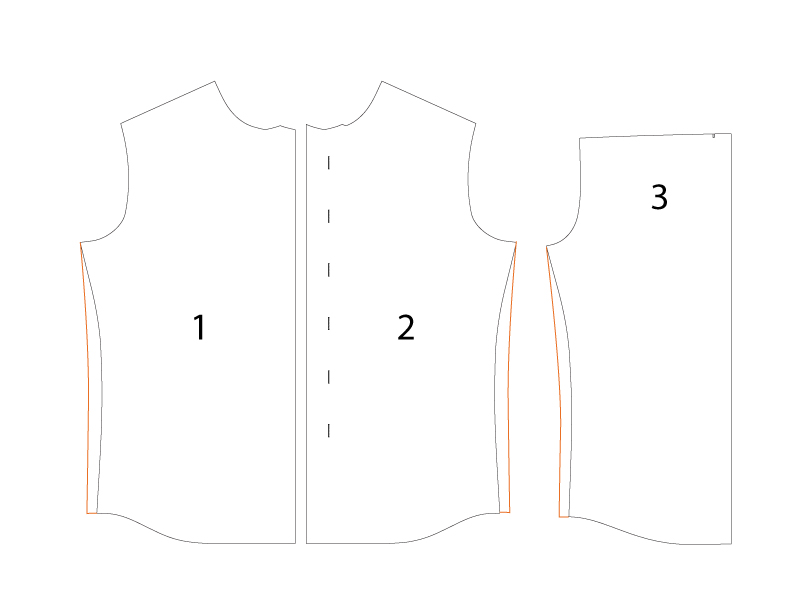

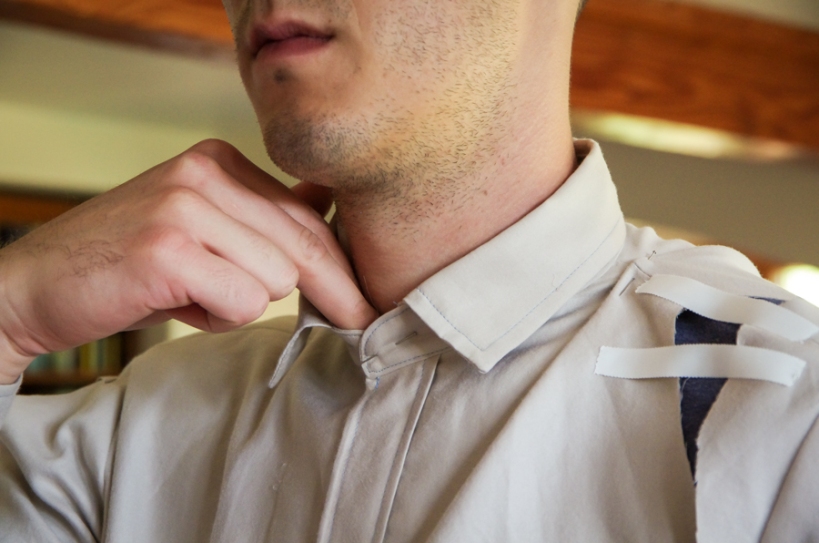
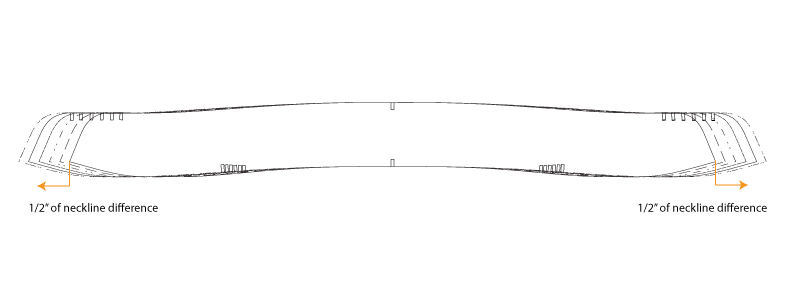


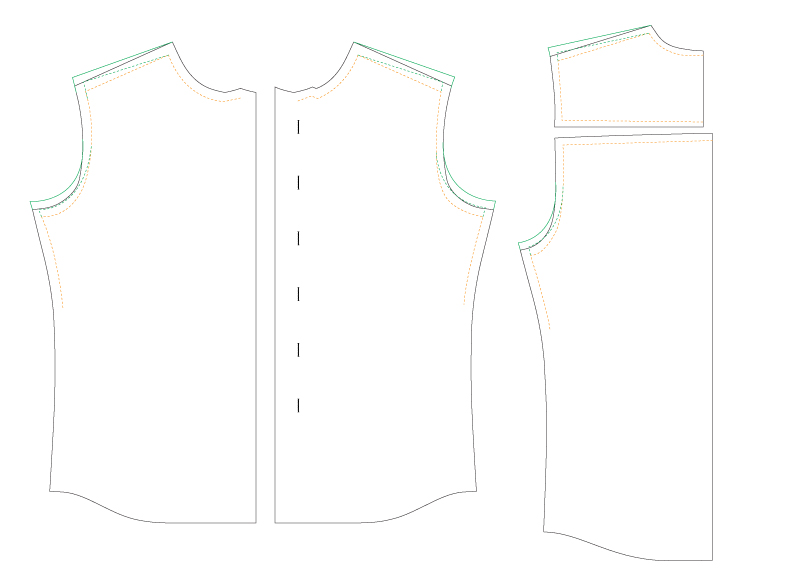
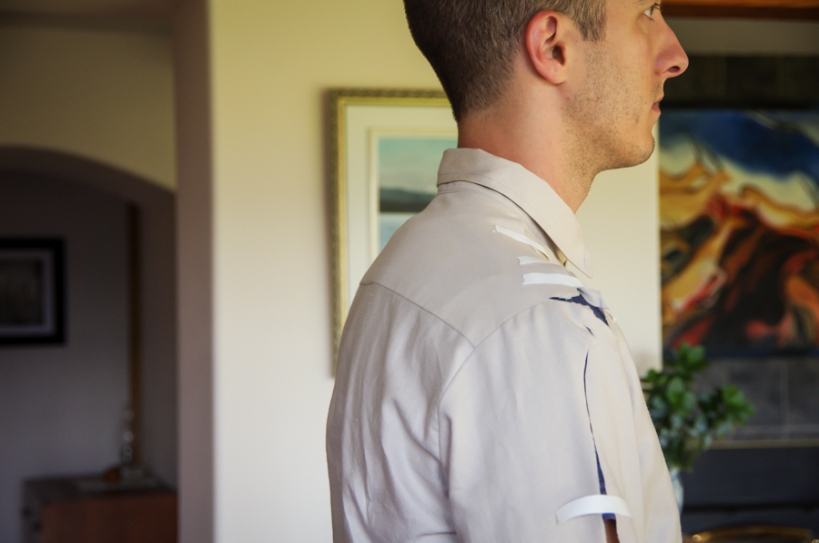

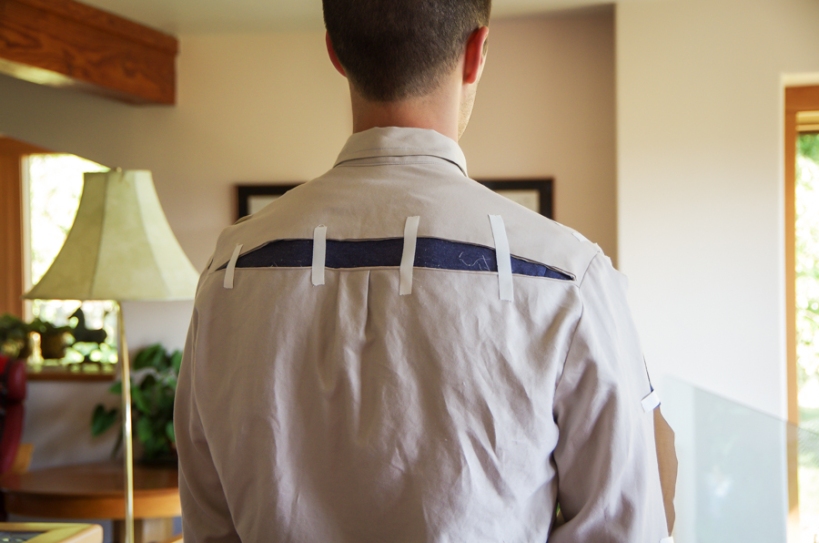
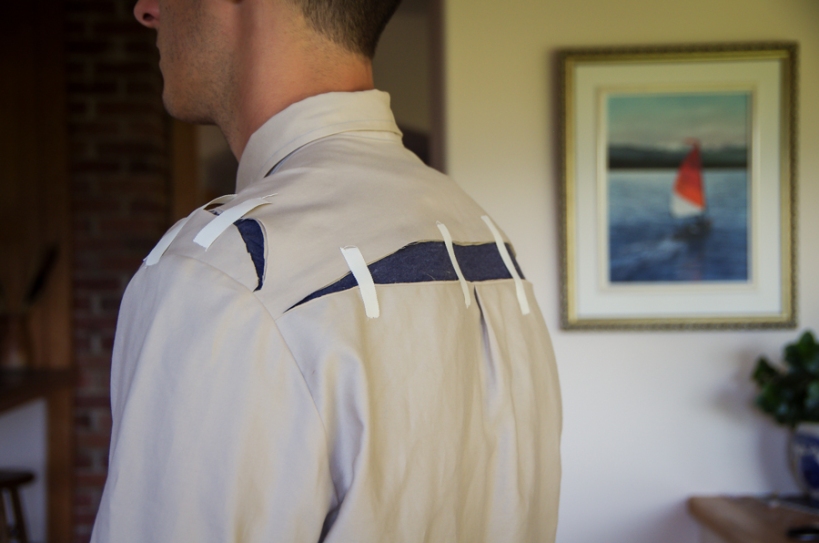





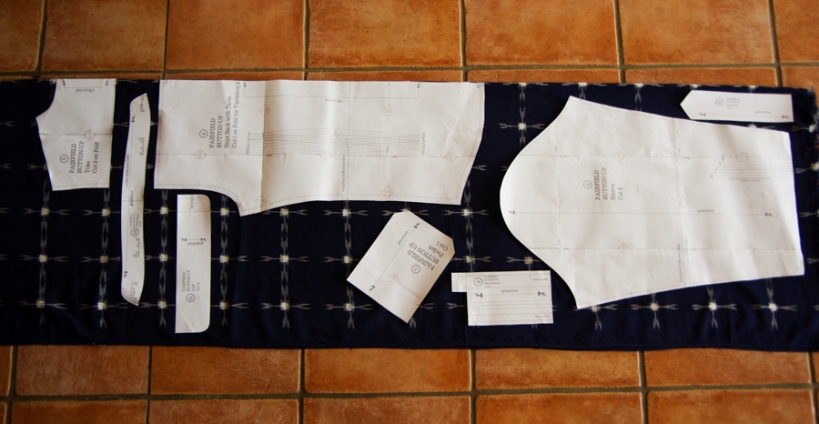










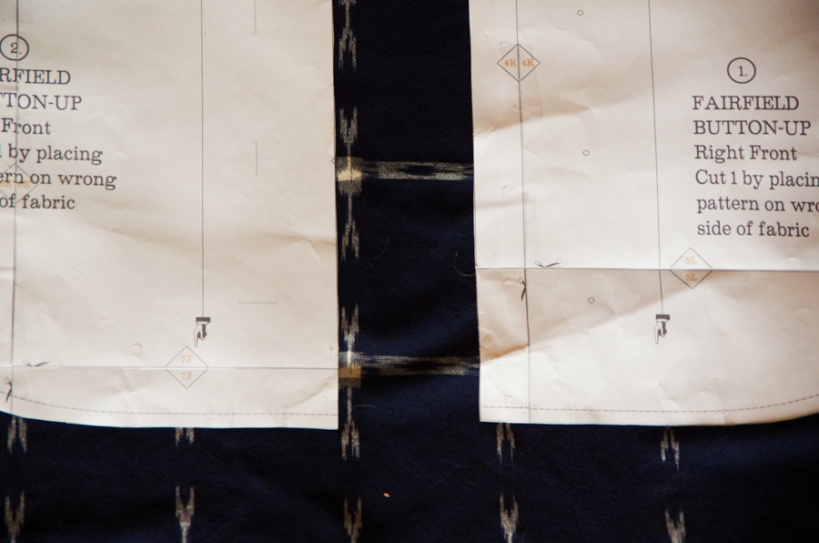





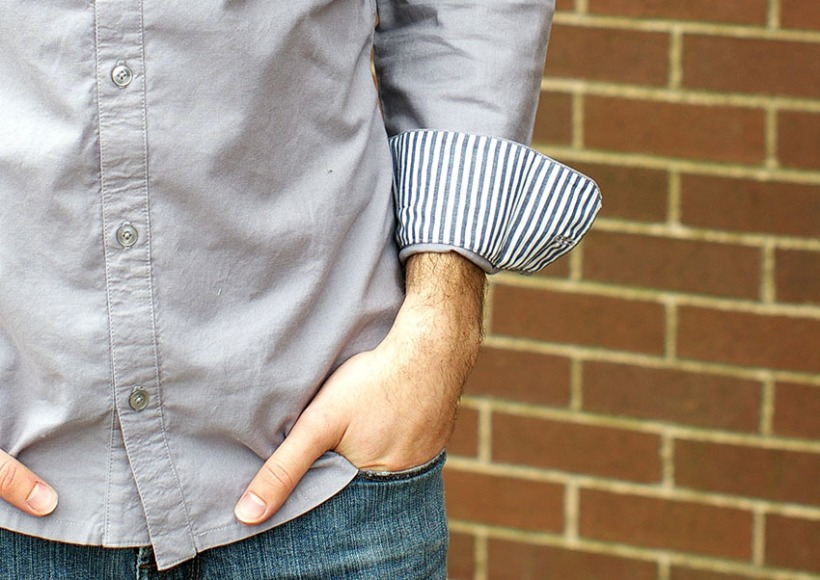

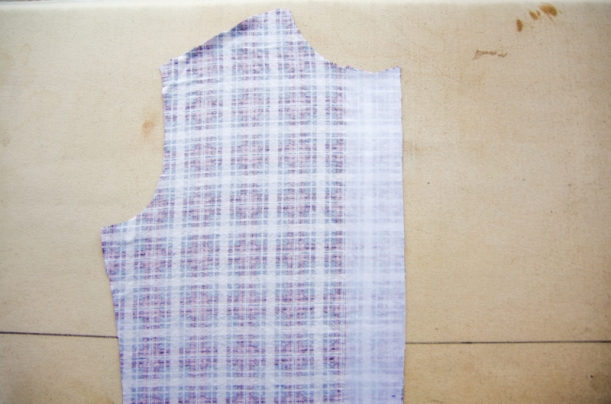

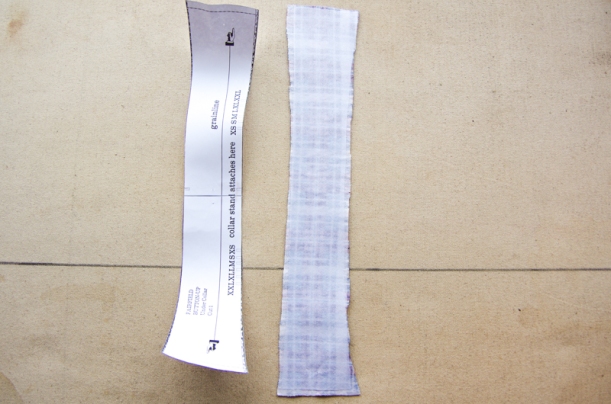

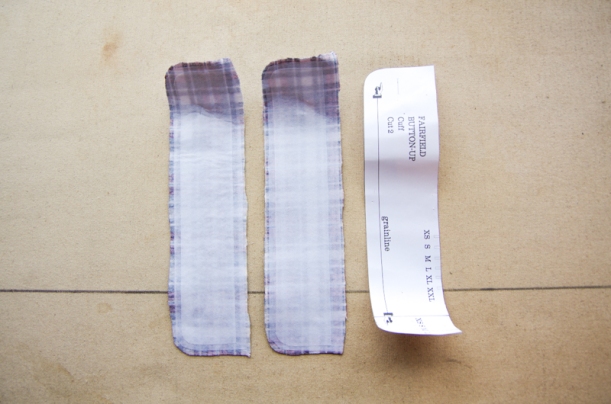
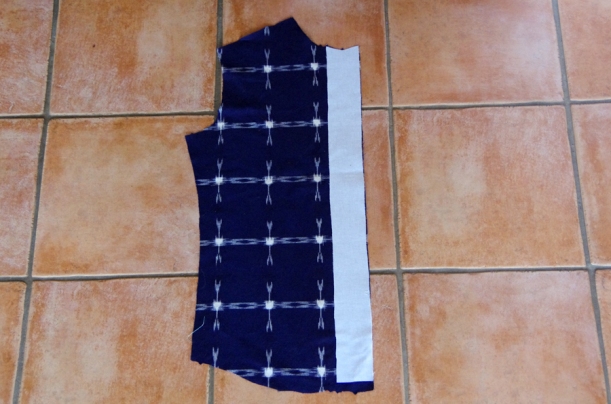
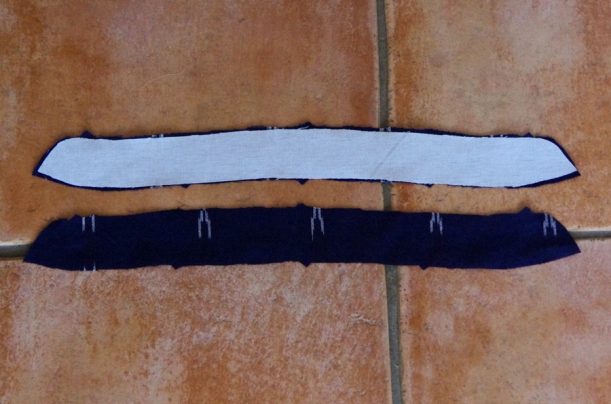
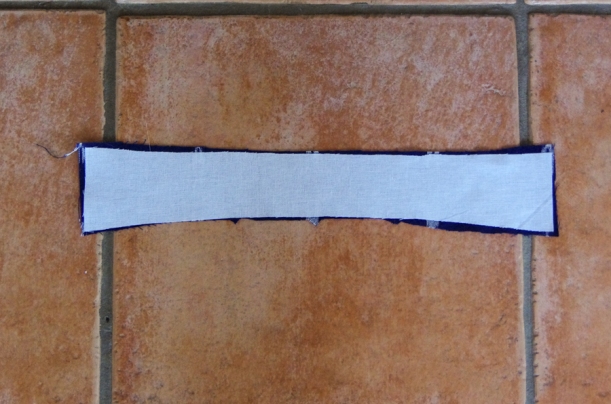

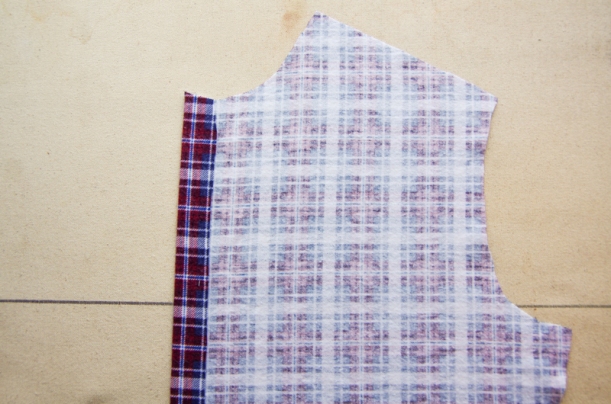

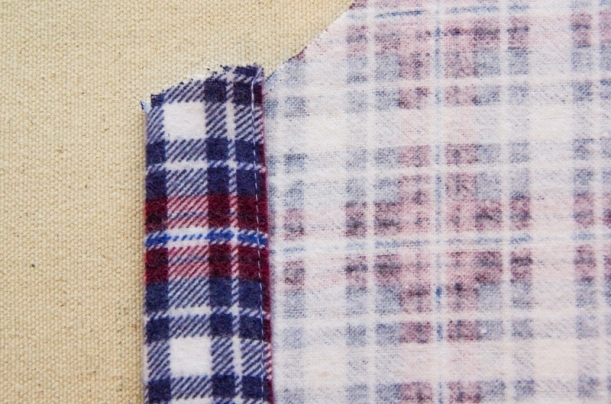

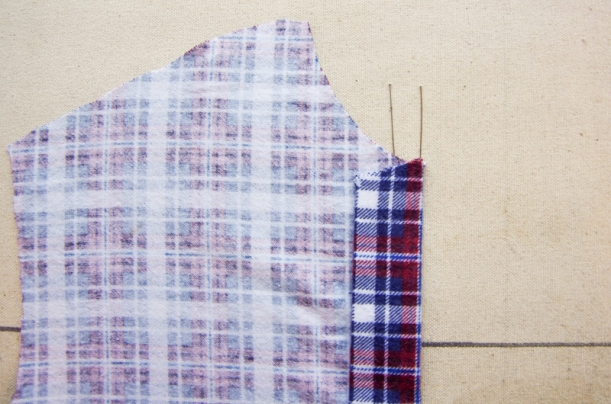


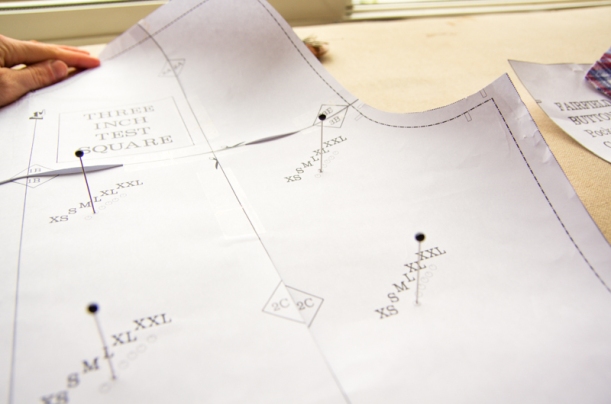

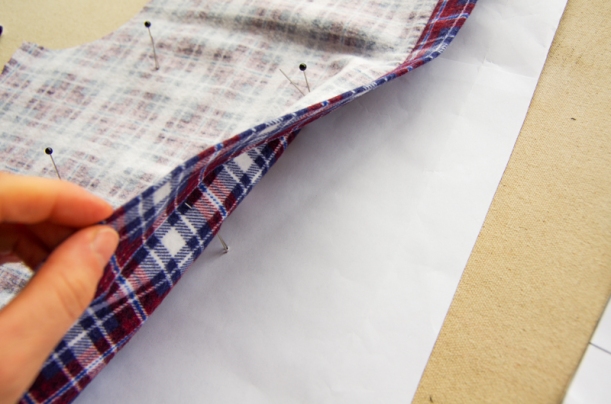


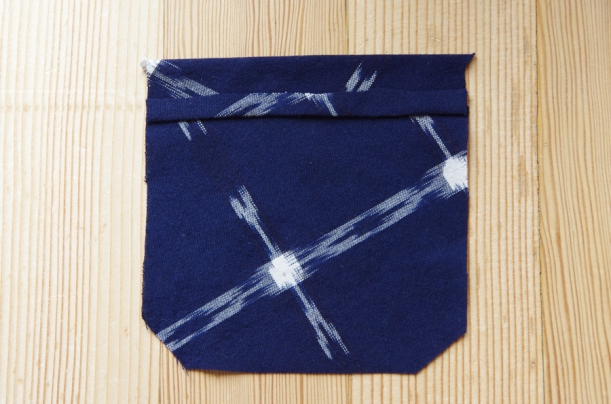 Stitch on either side of the fold using a 3/8″ seam allowance.
Stitch on either side of the fold using a 3/8″ seam allowance.